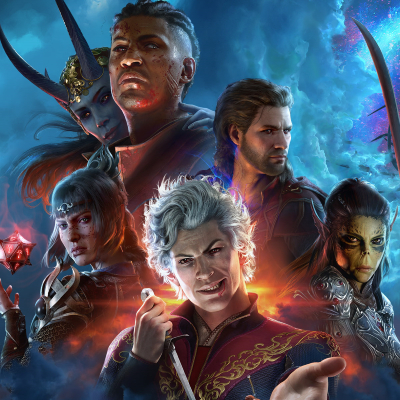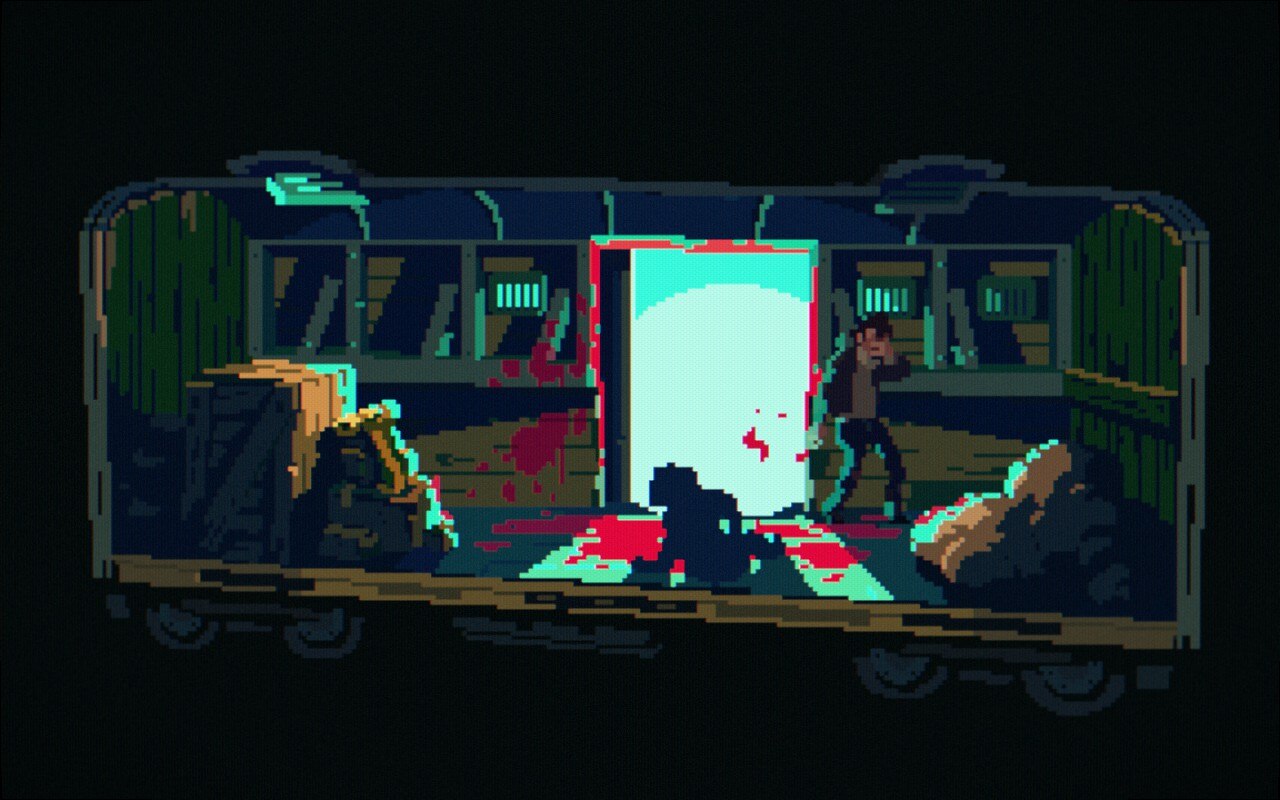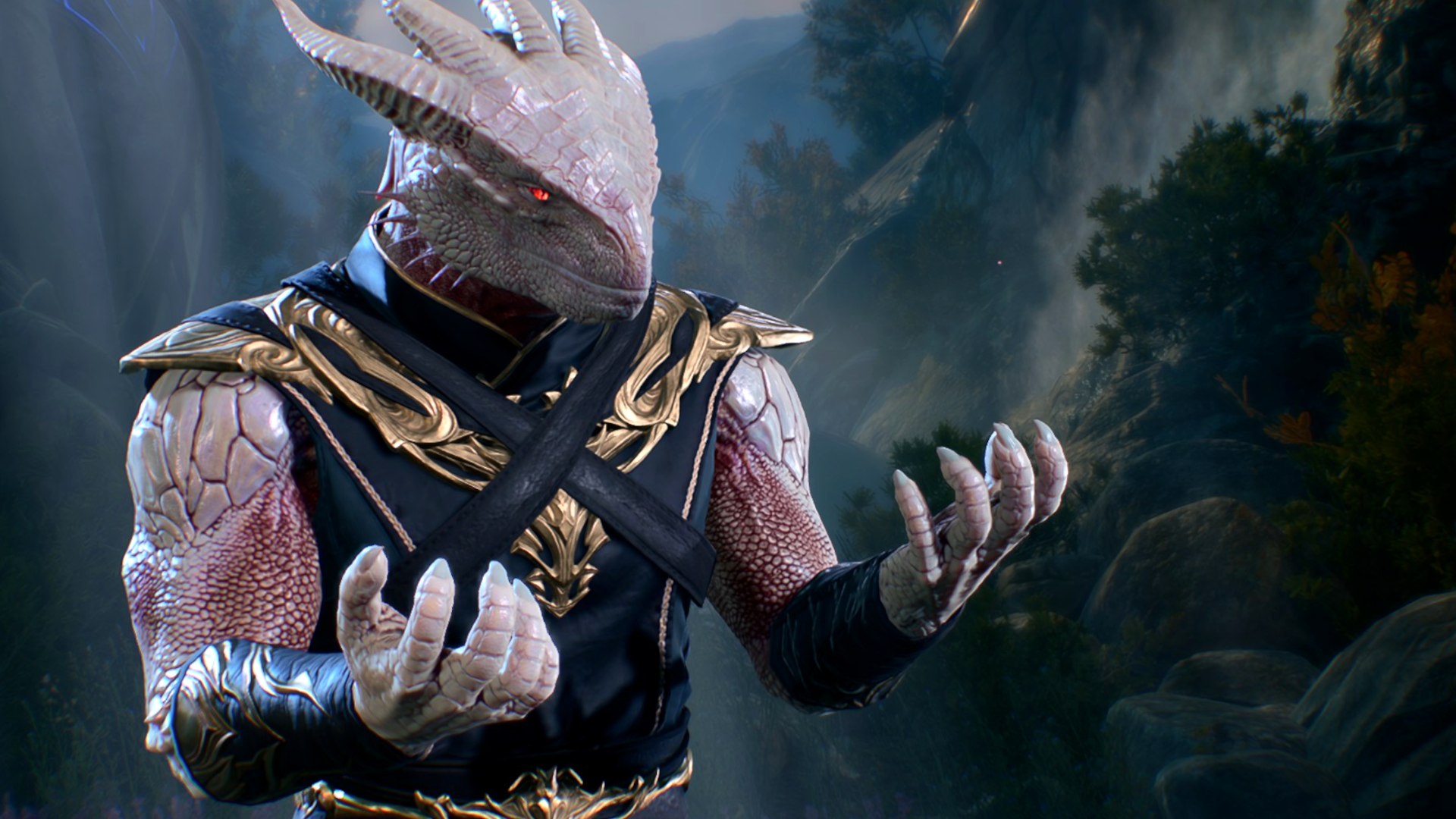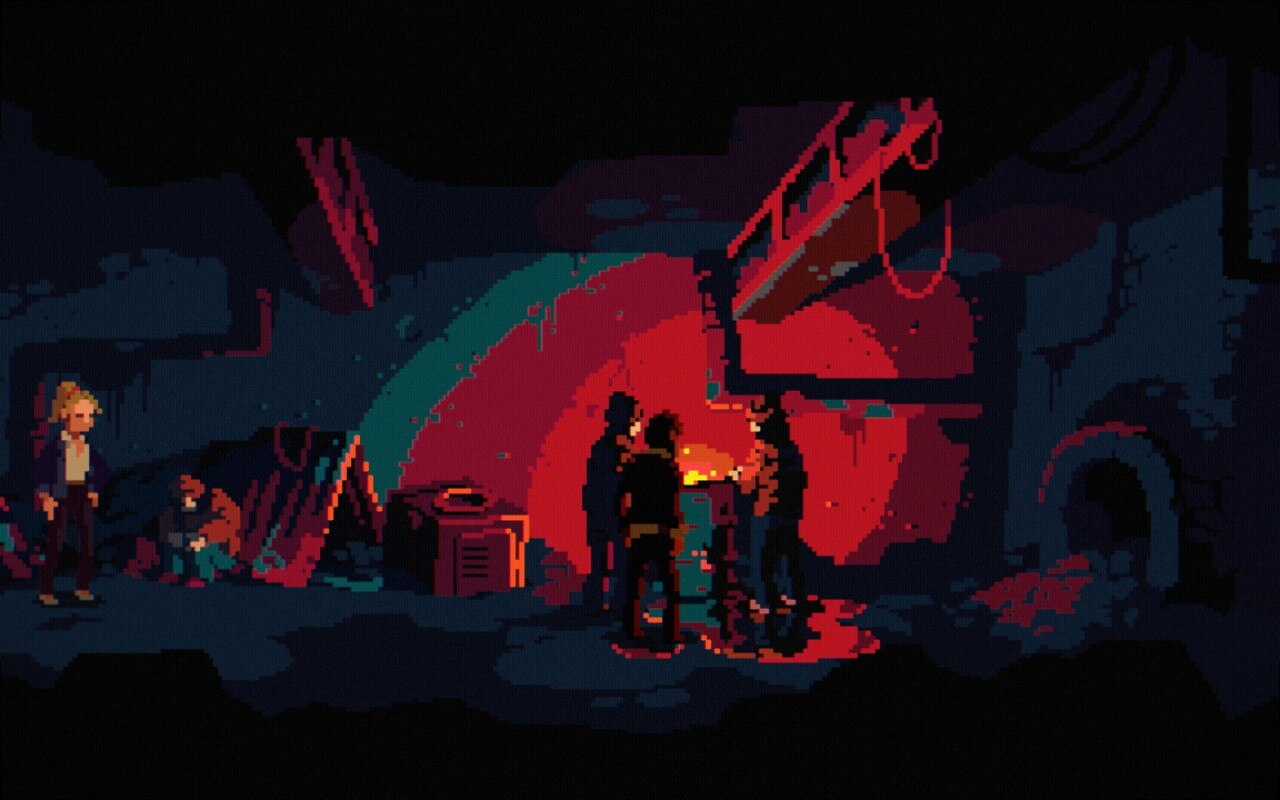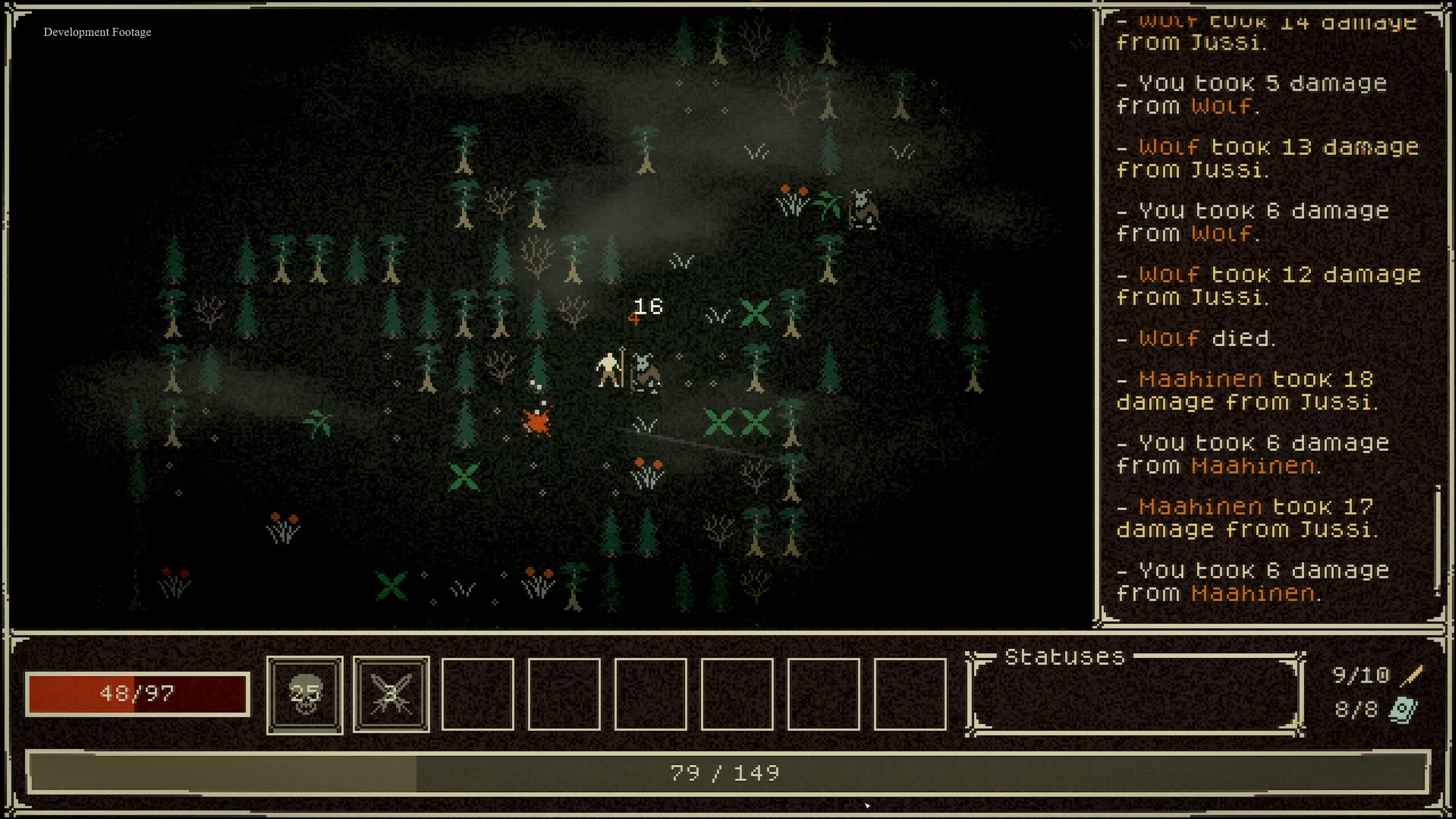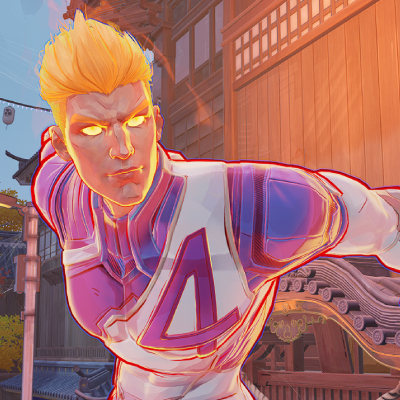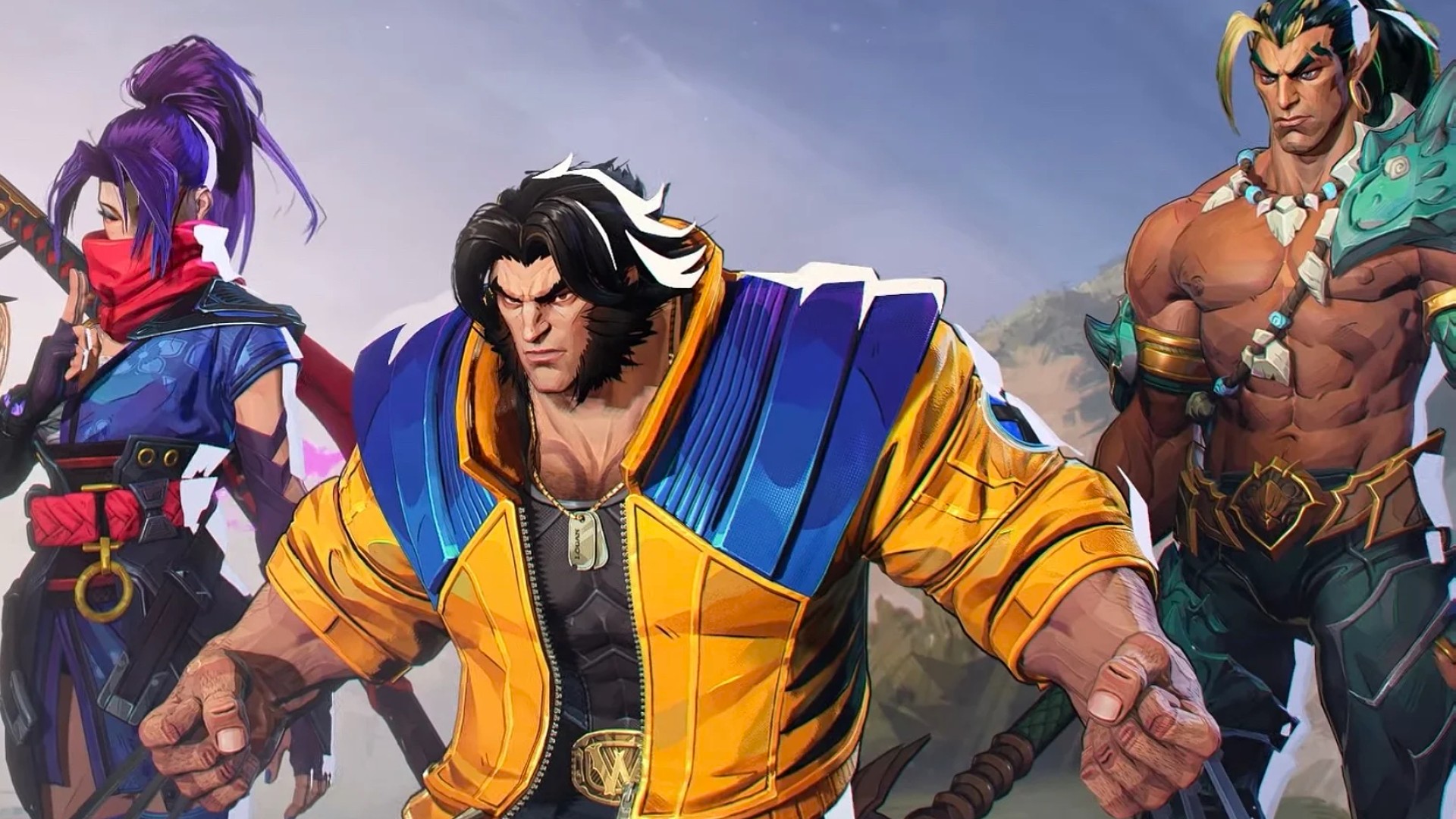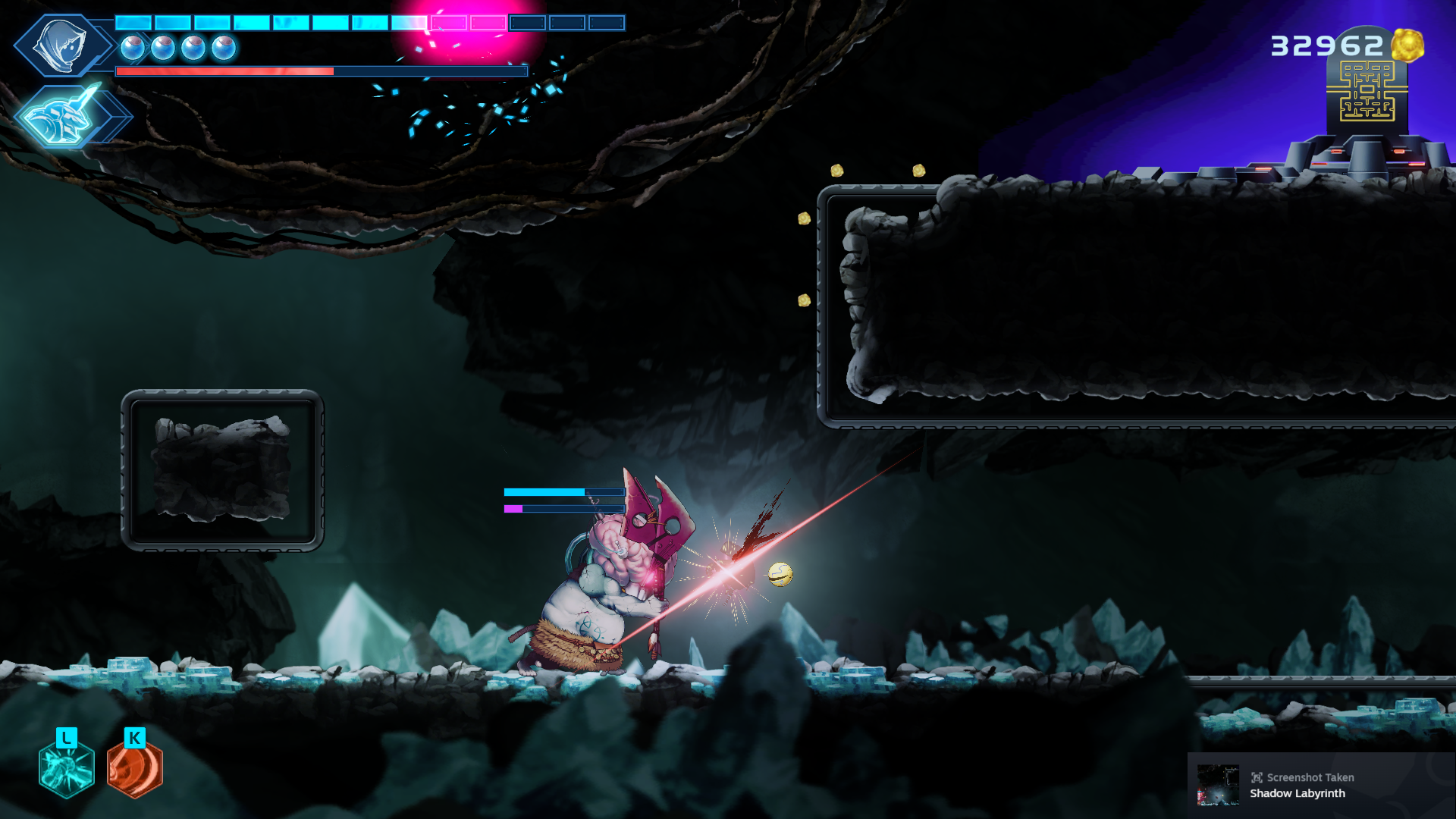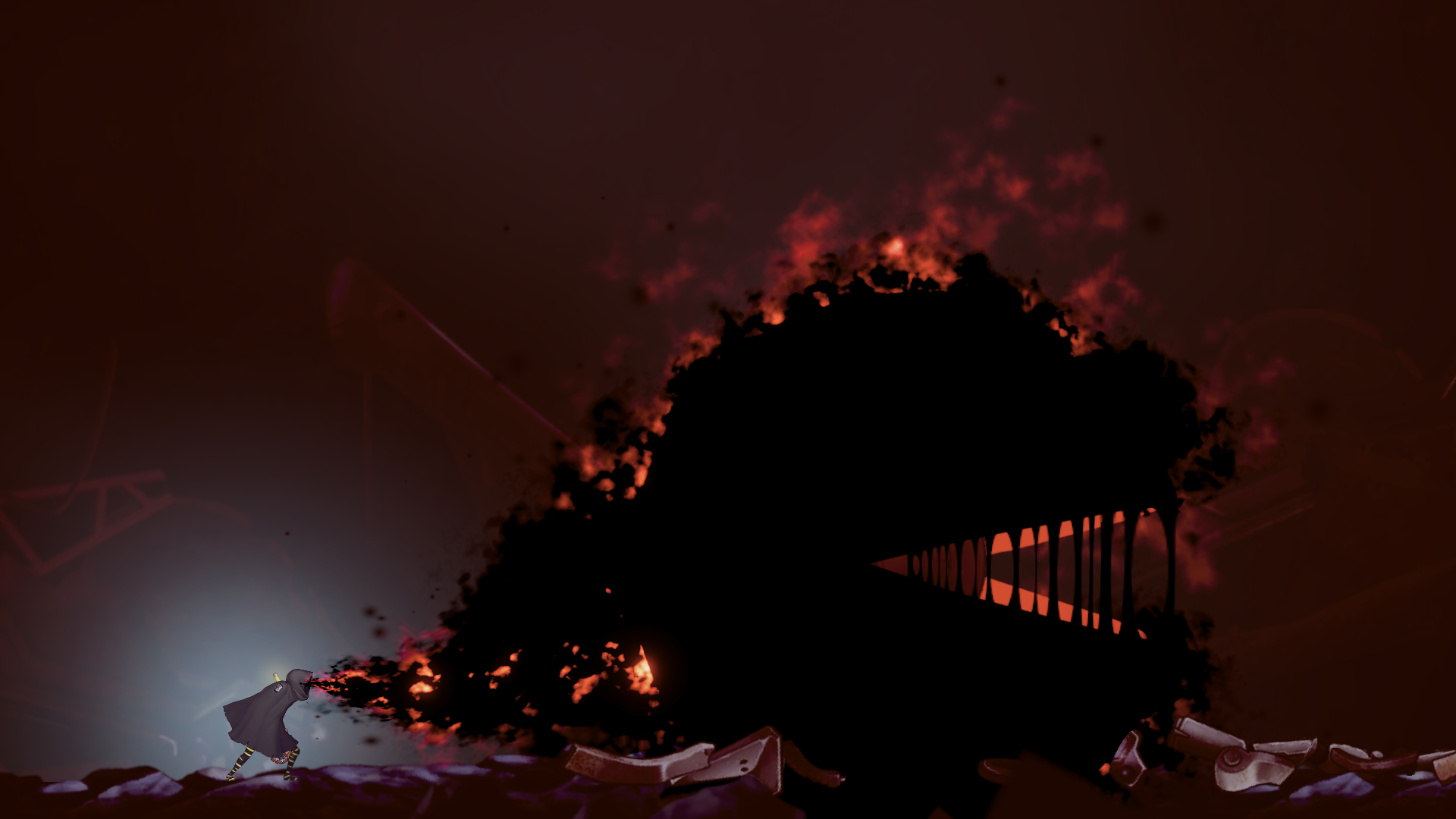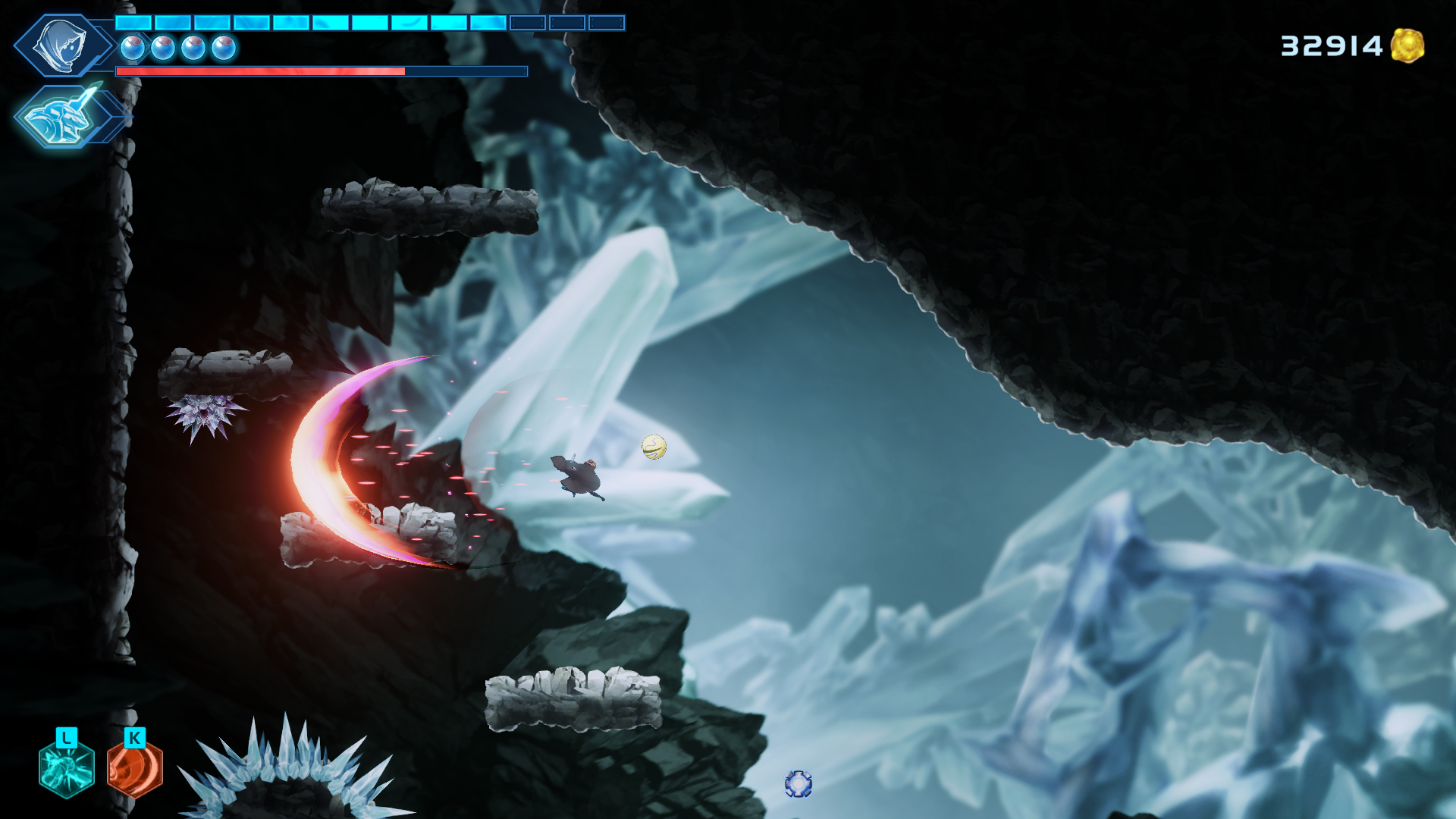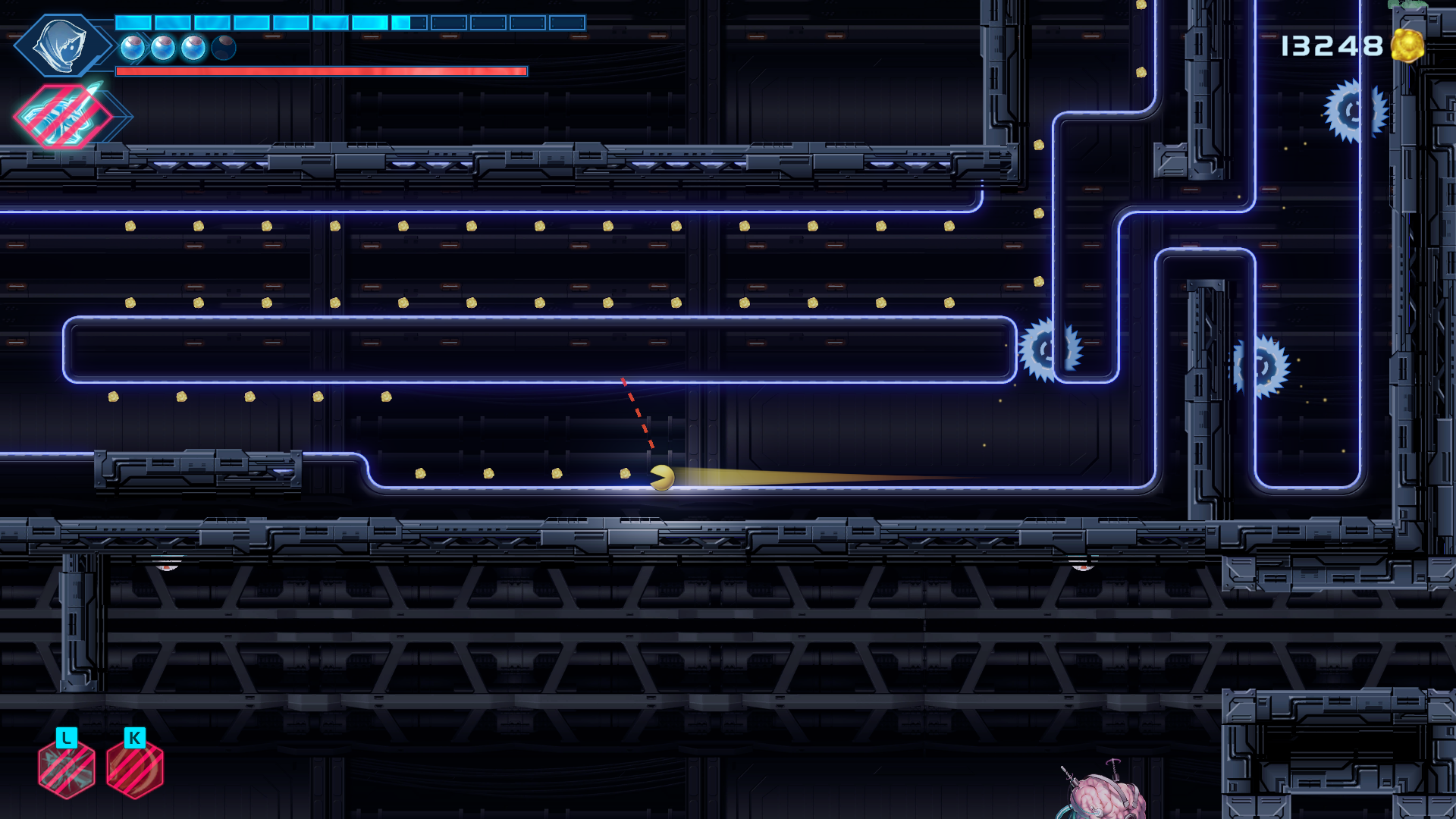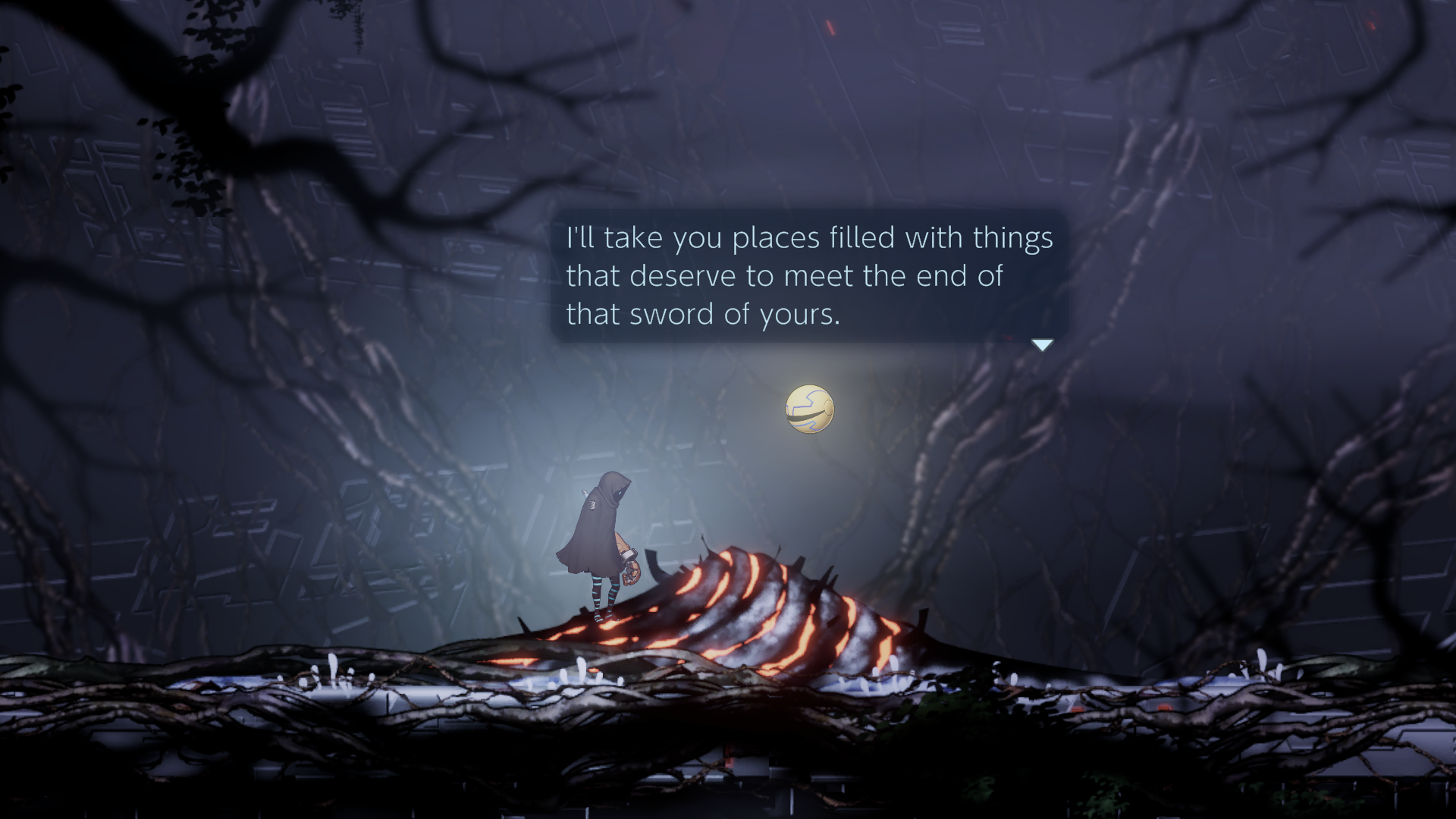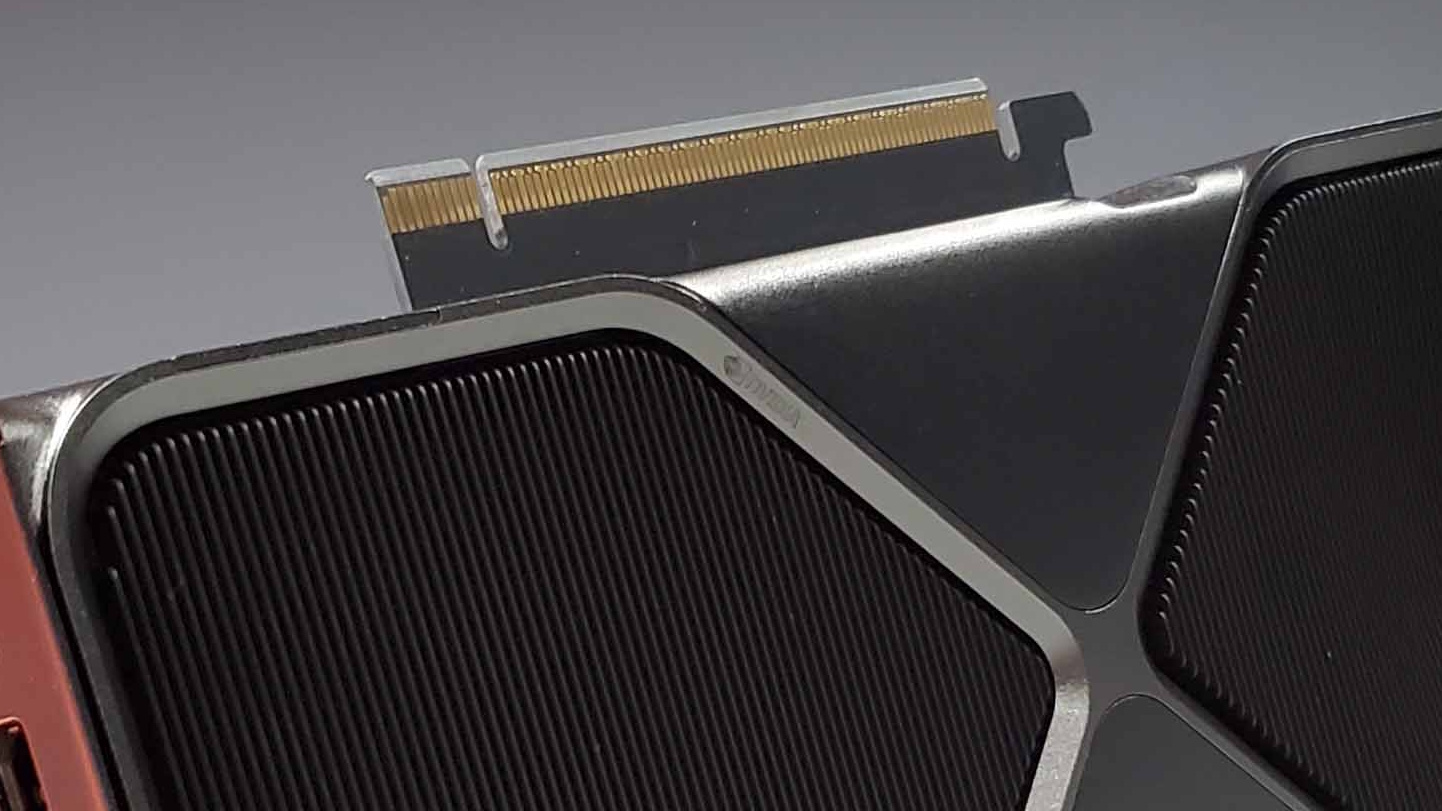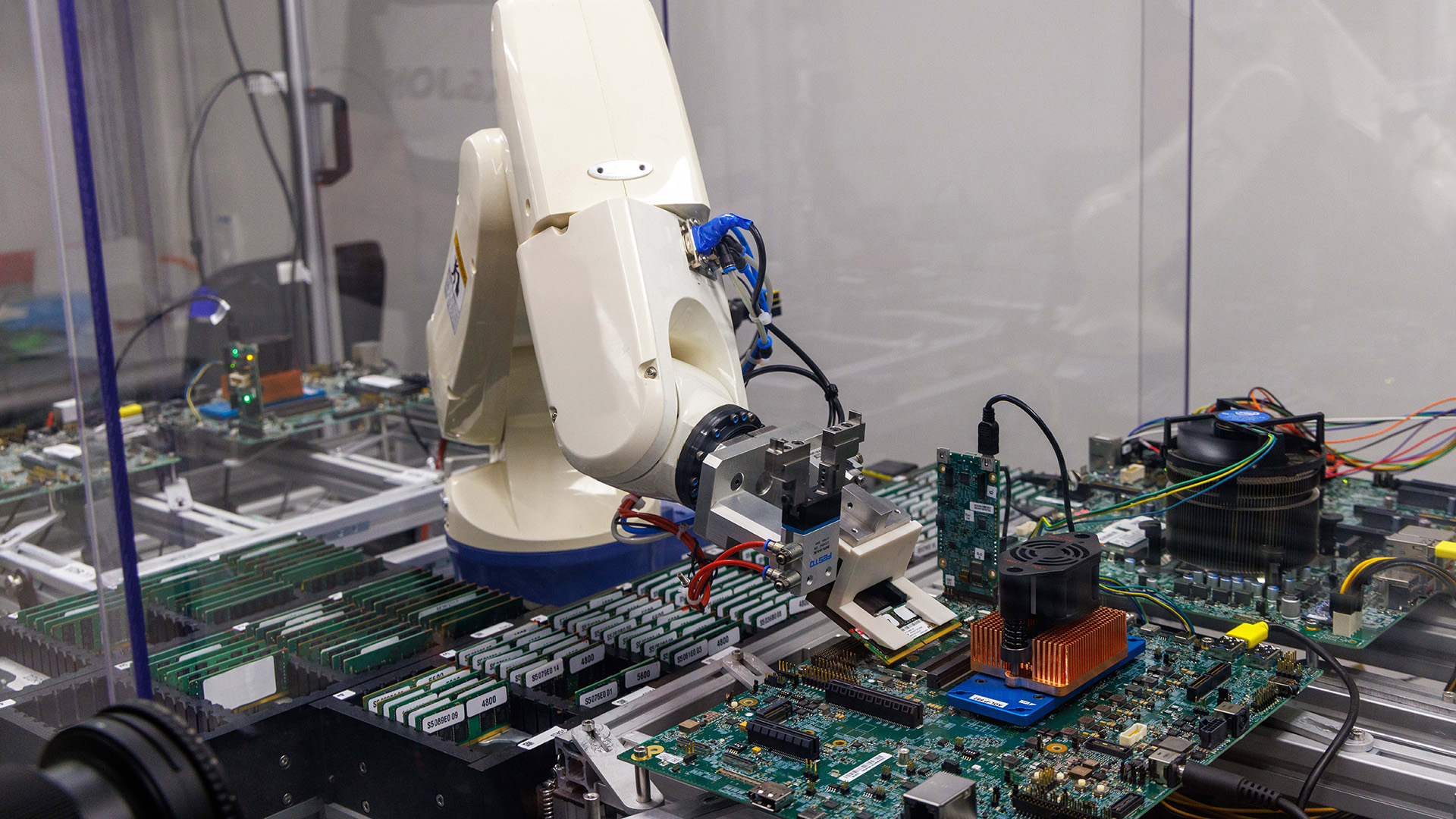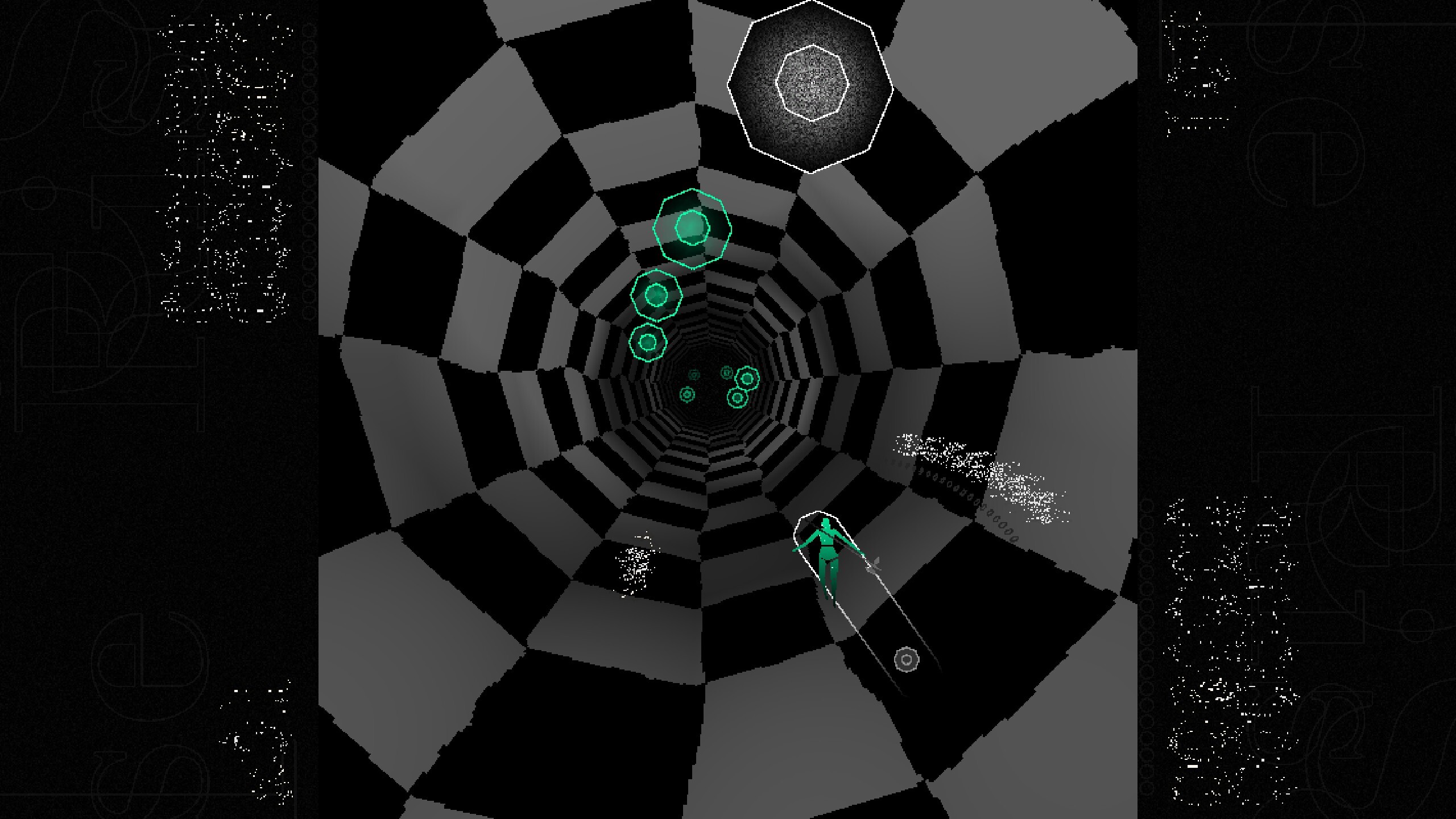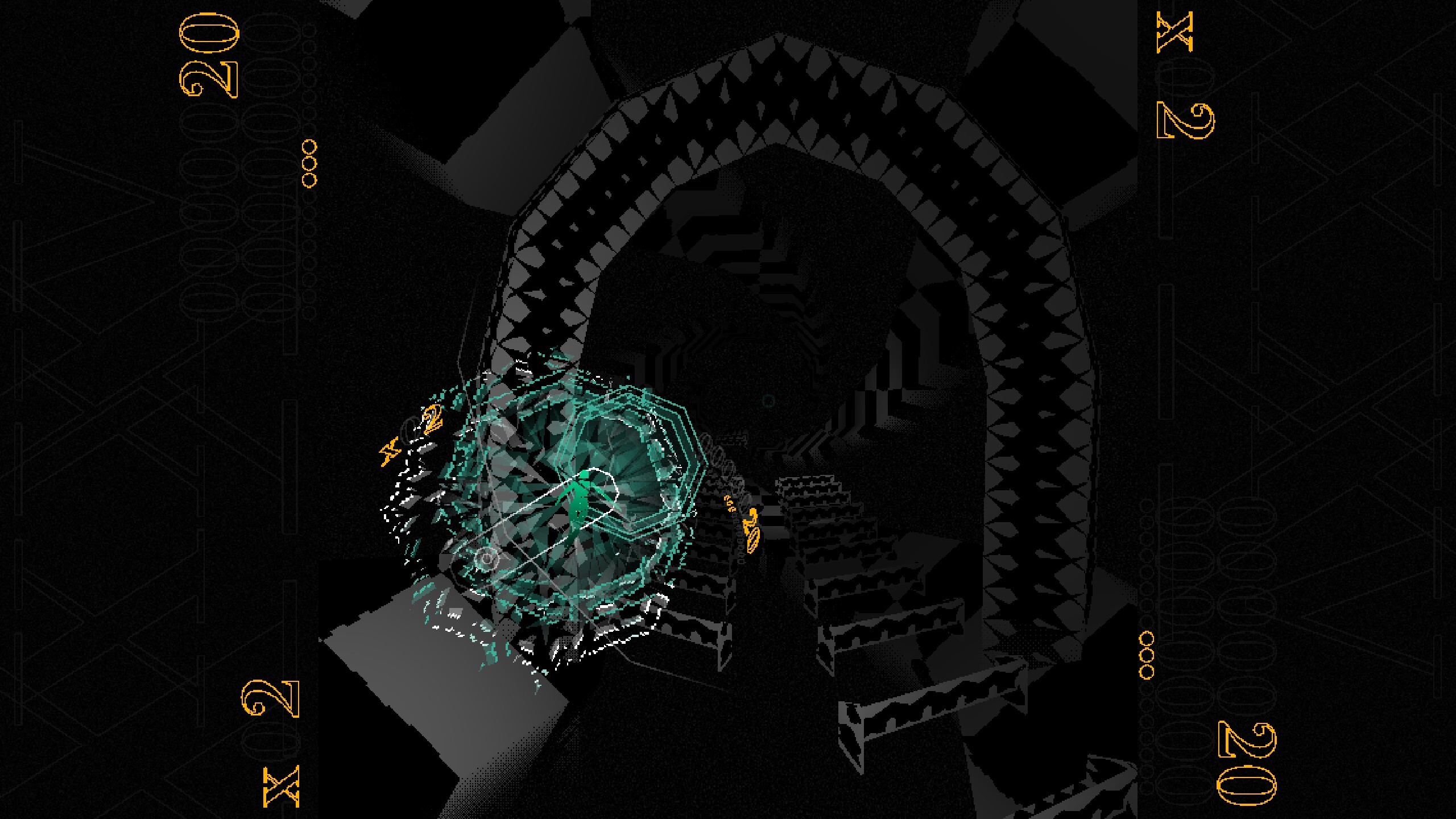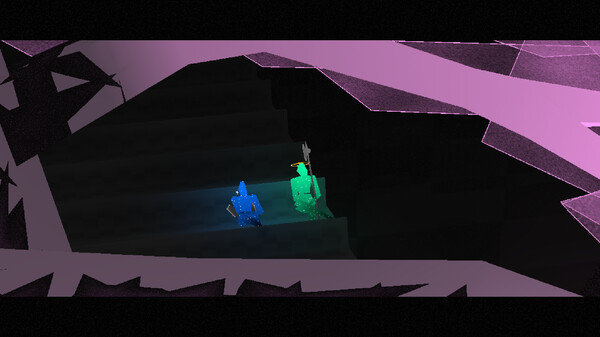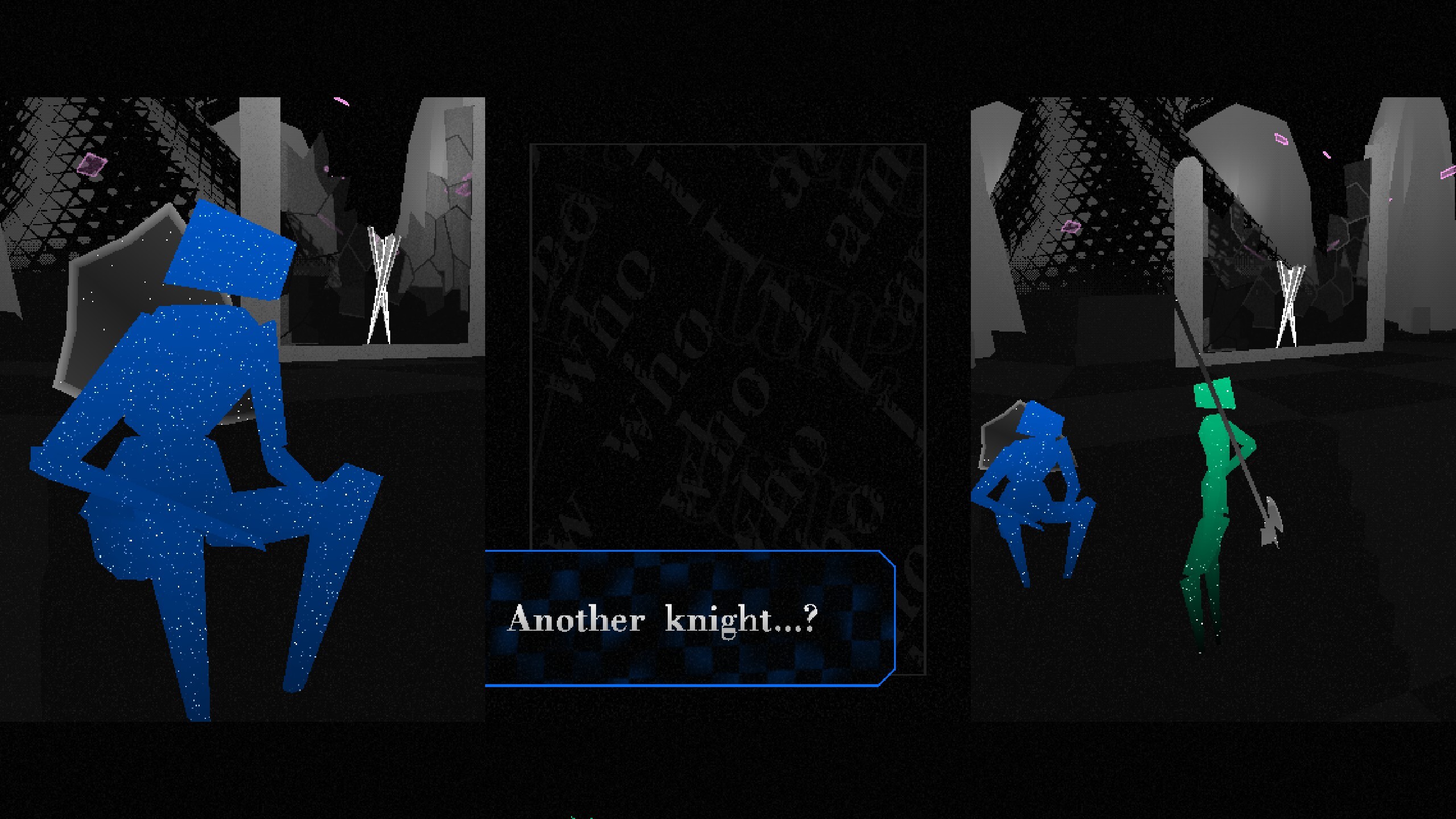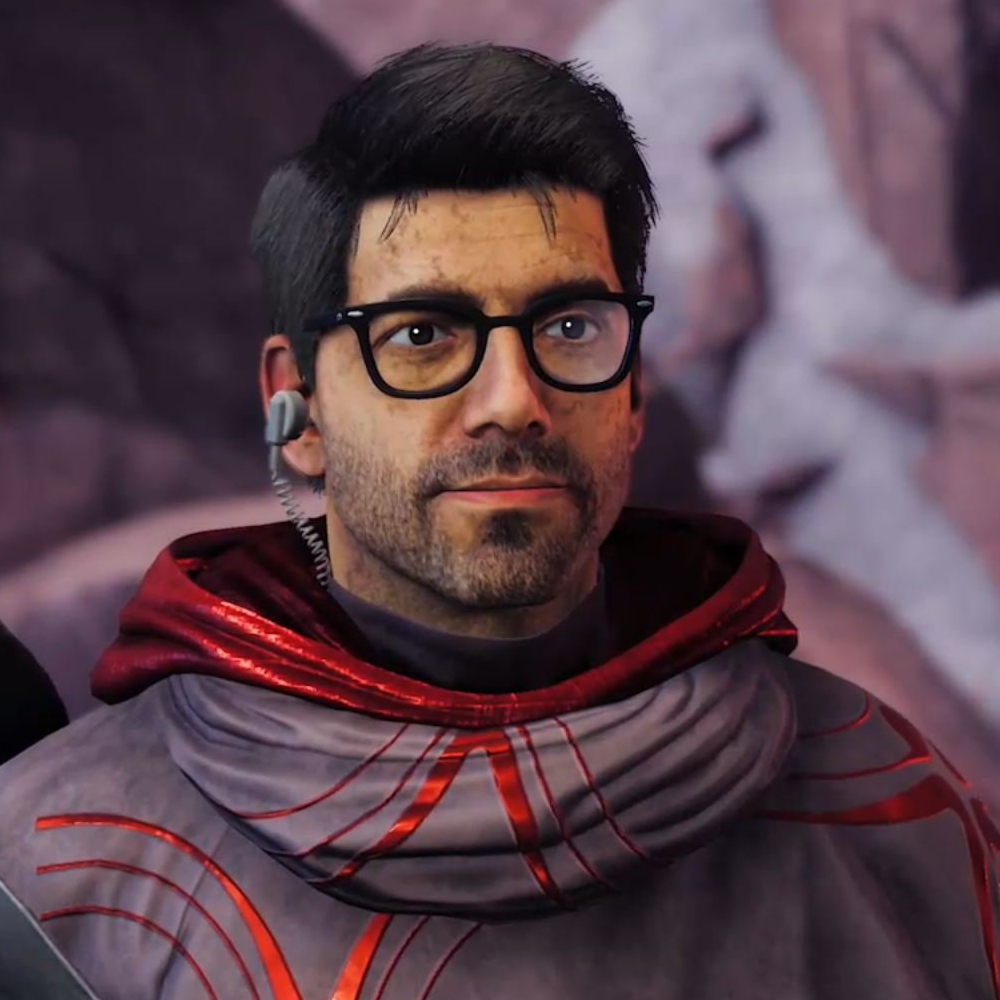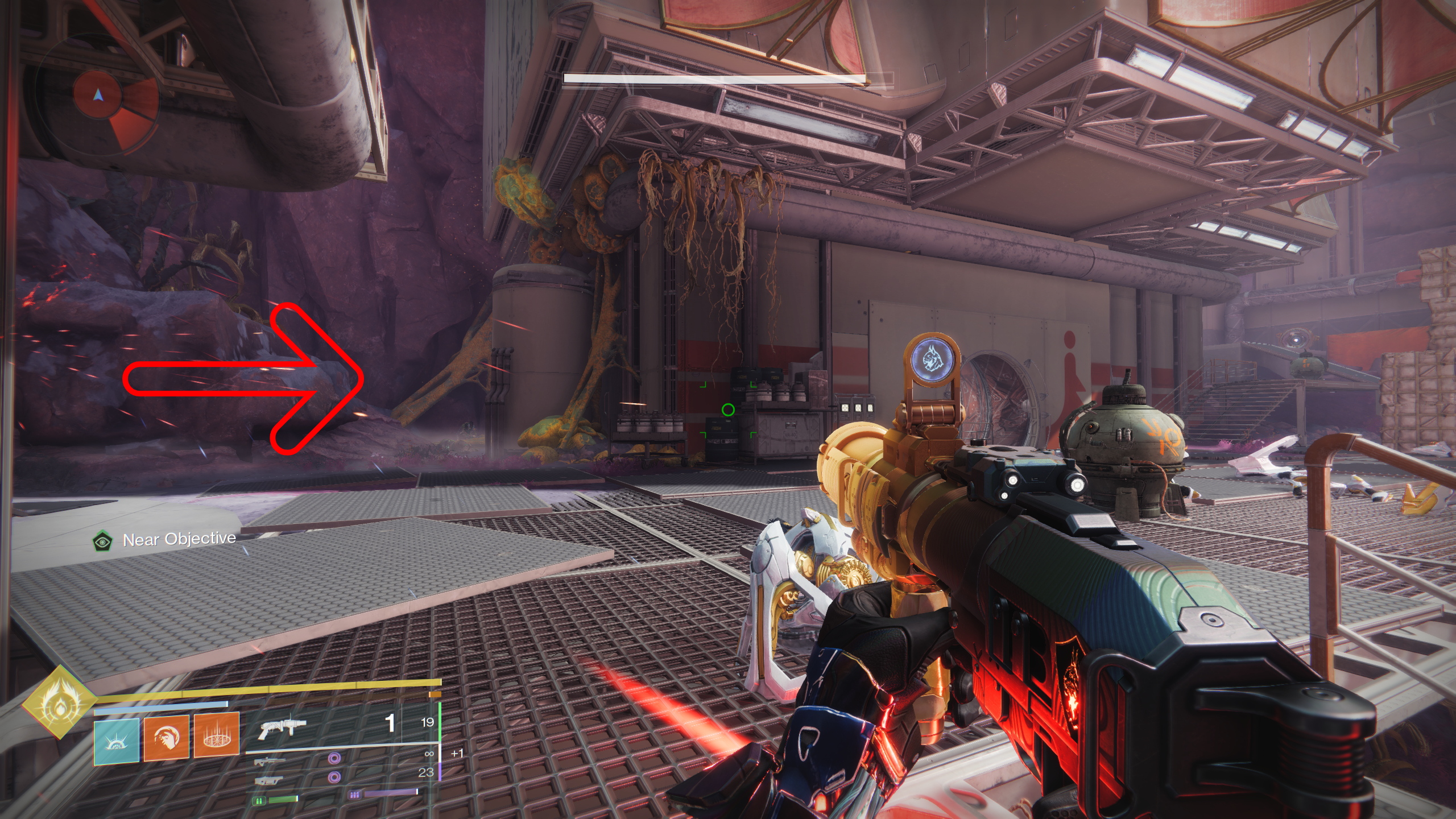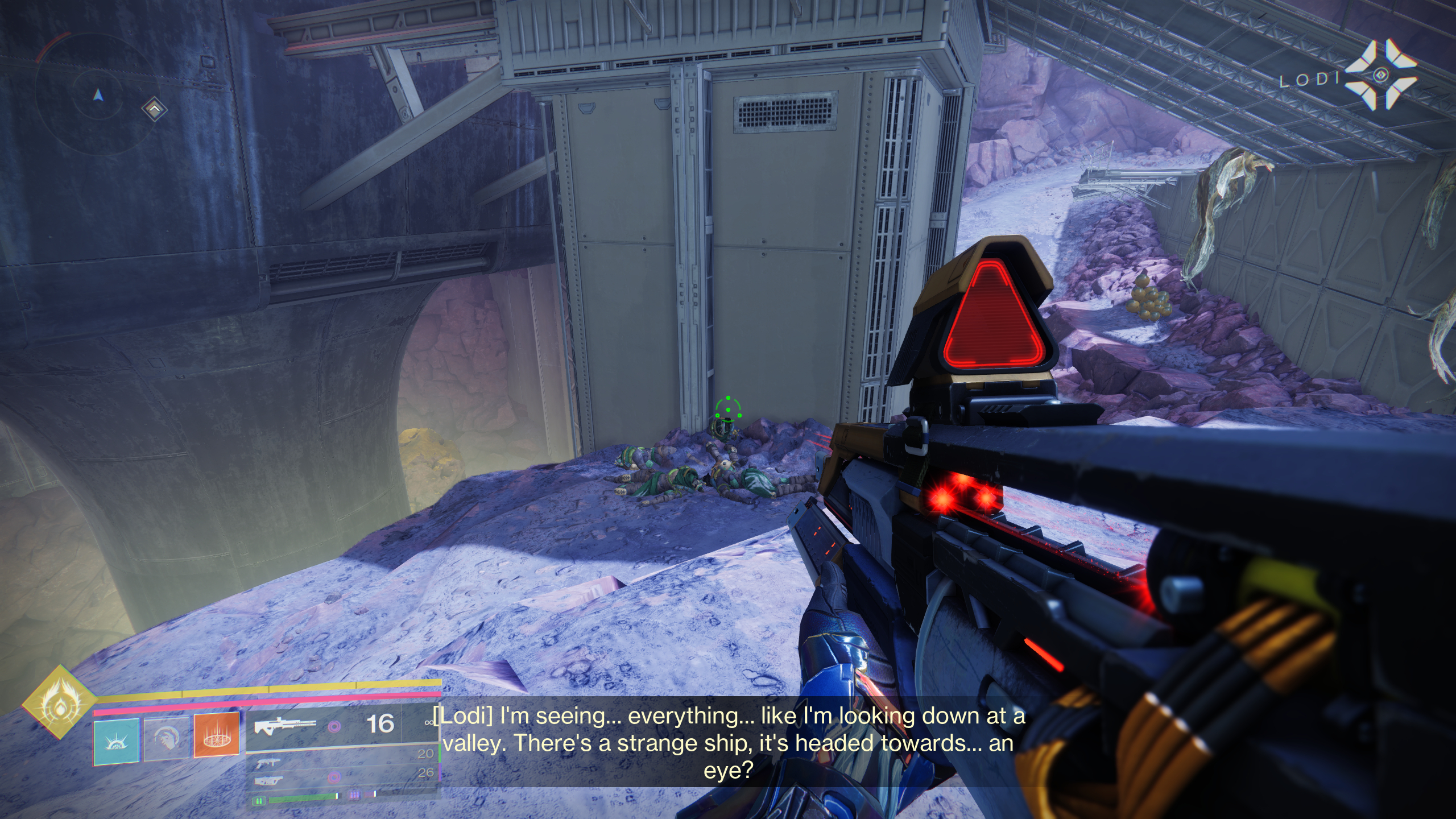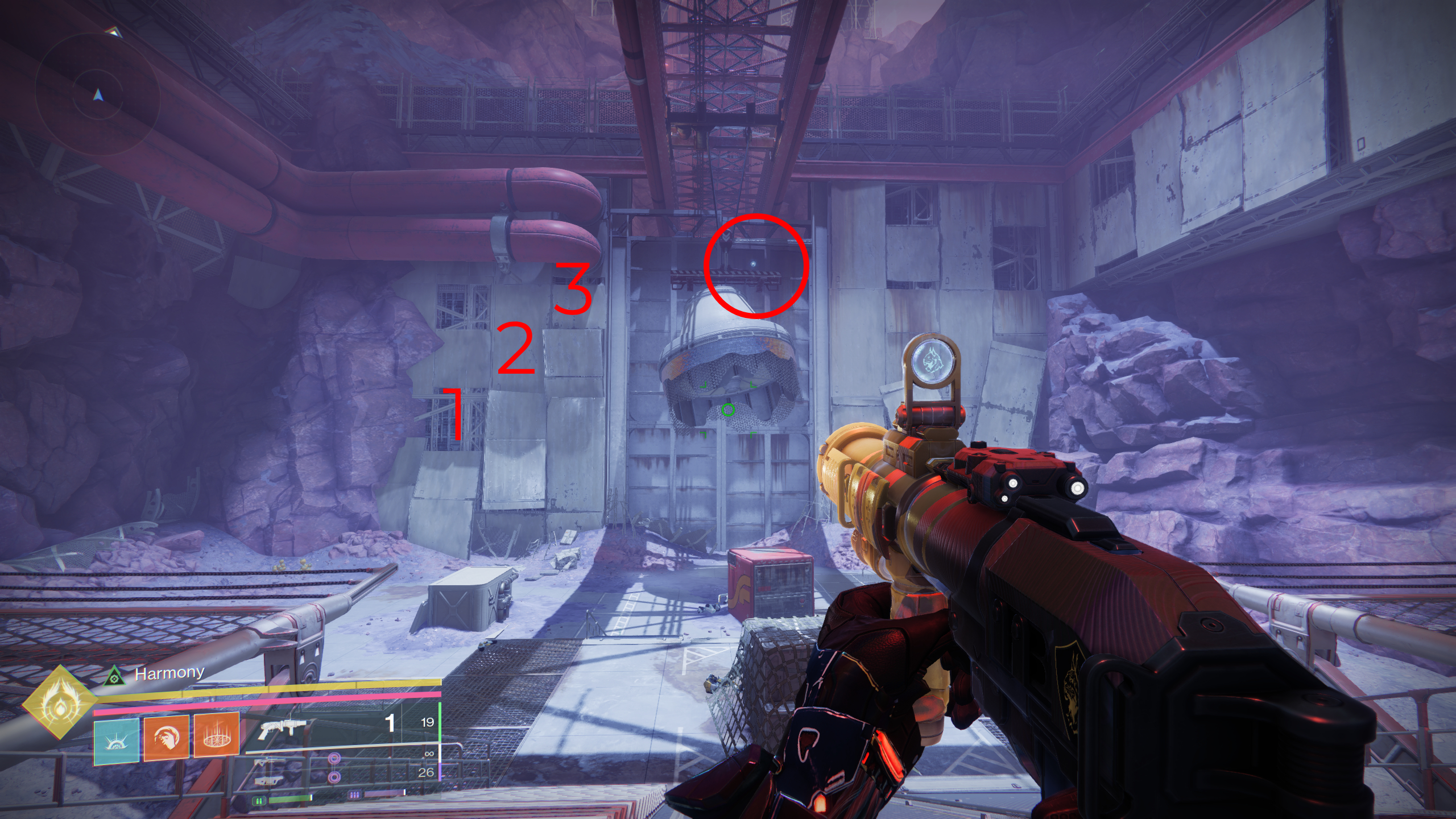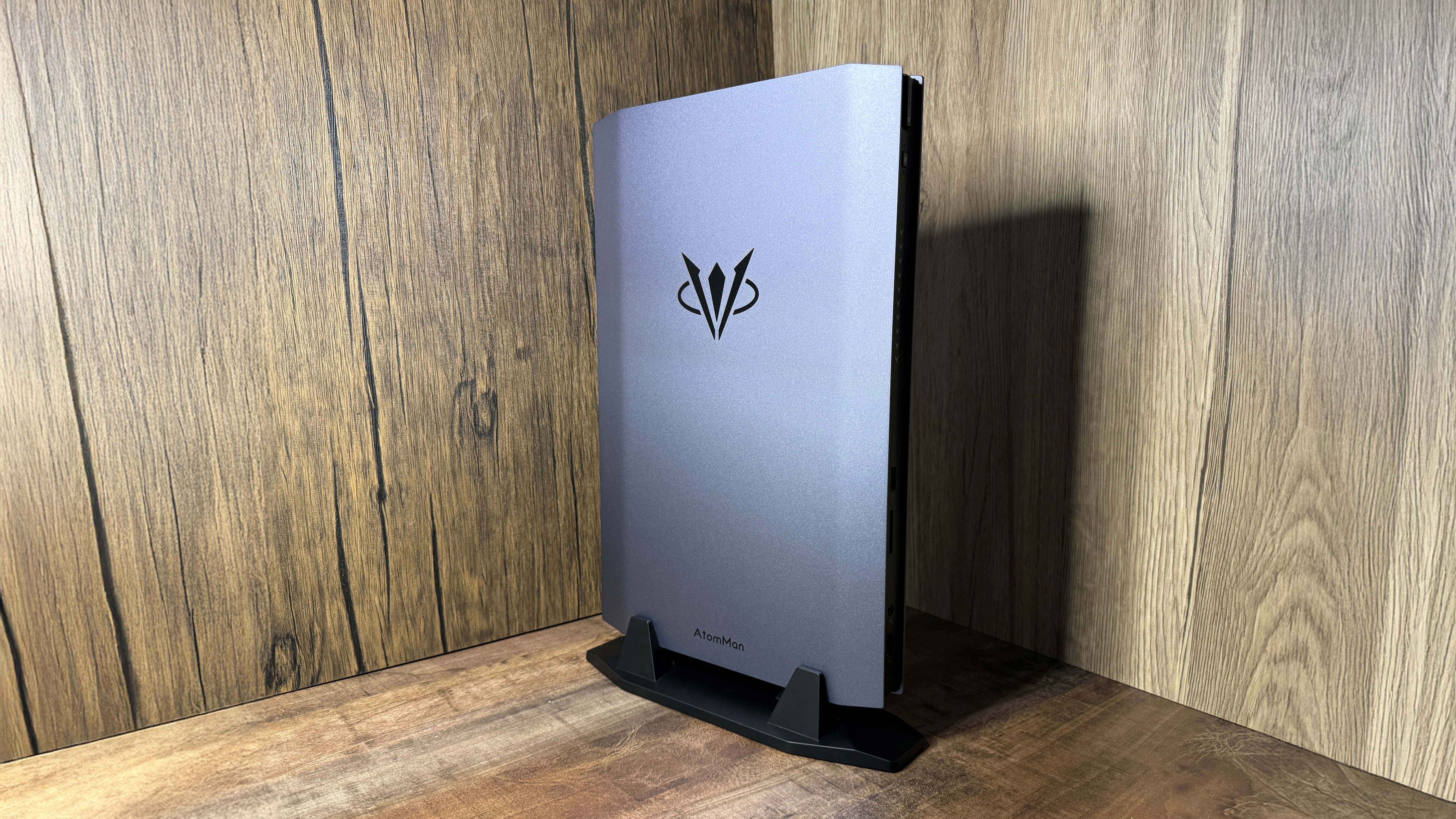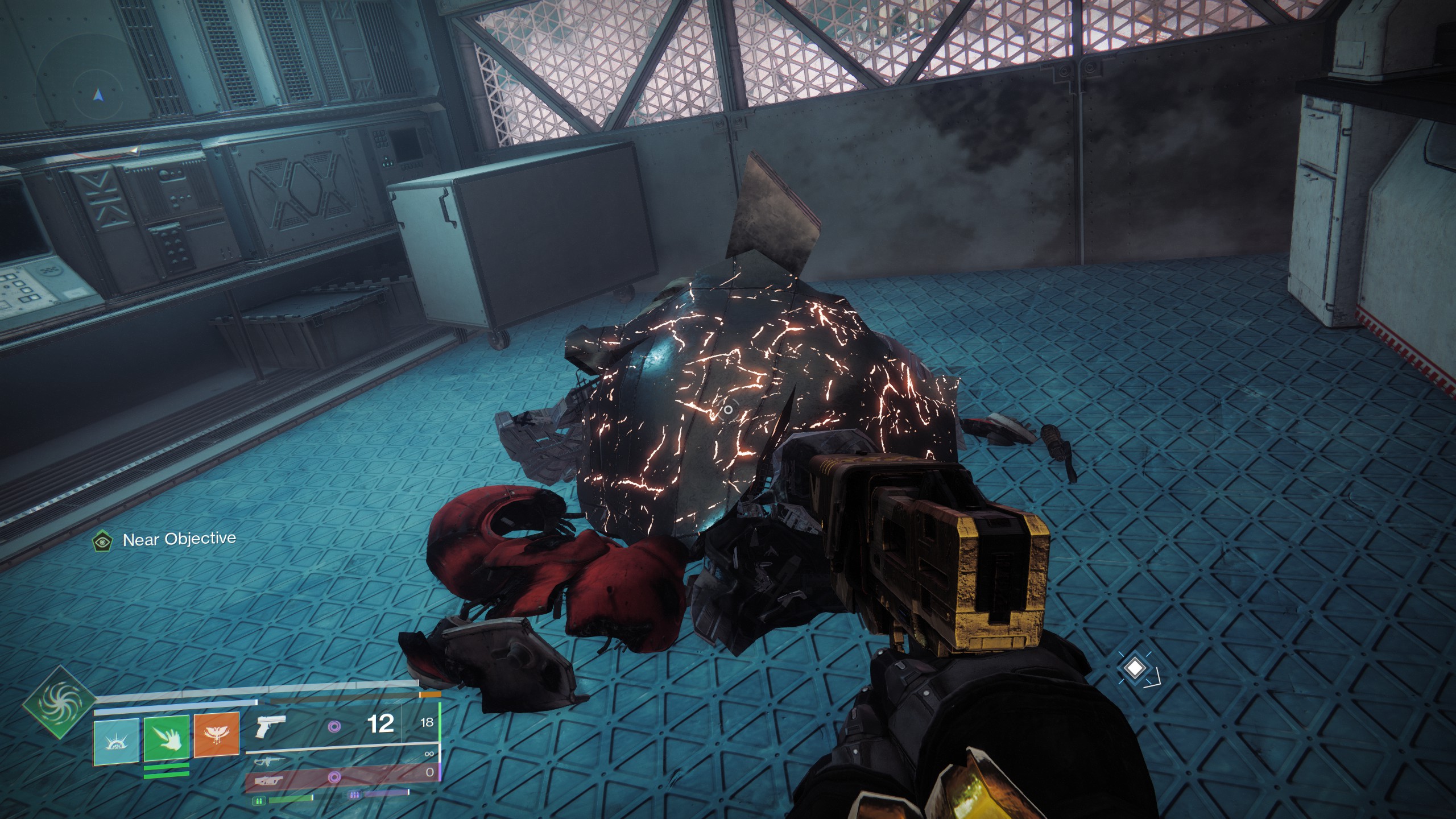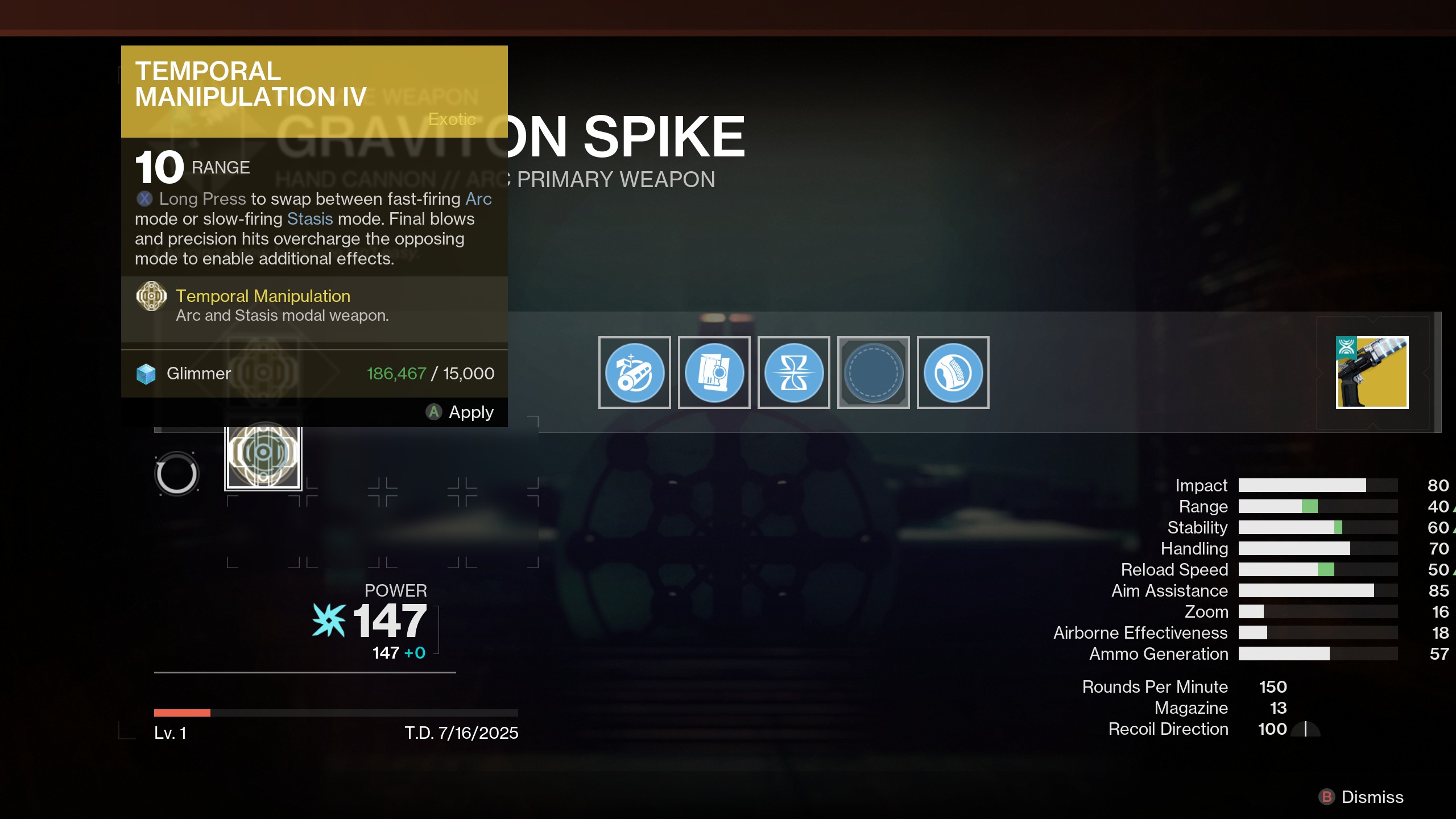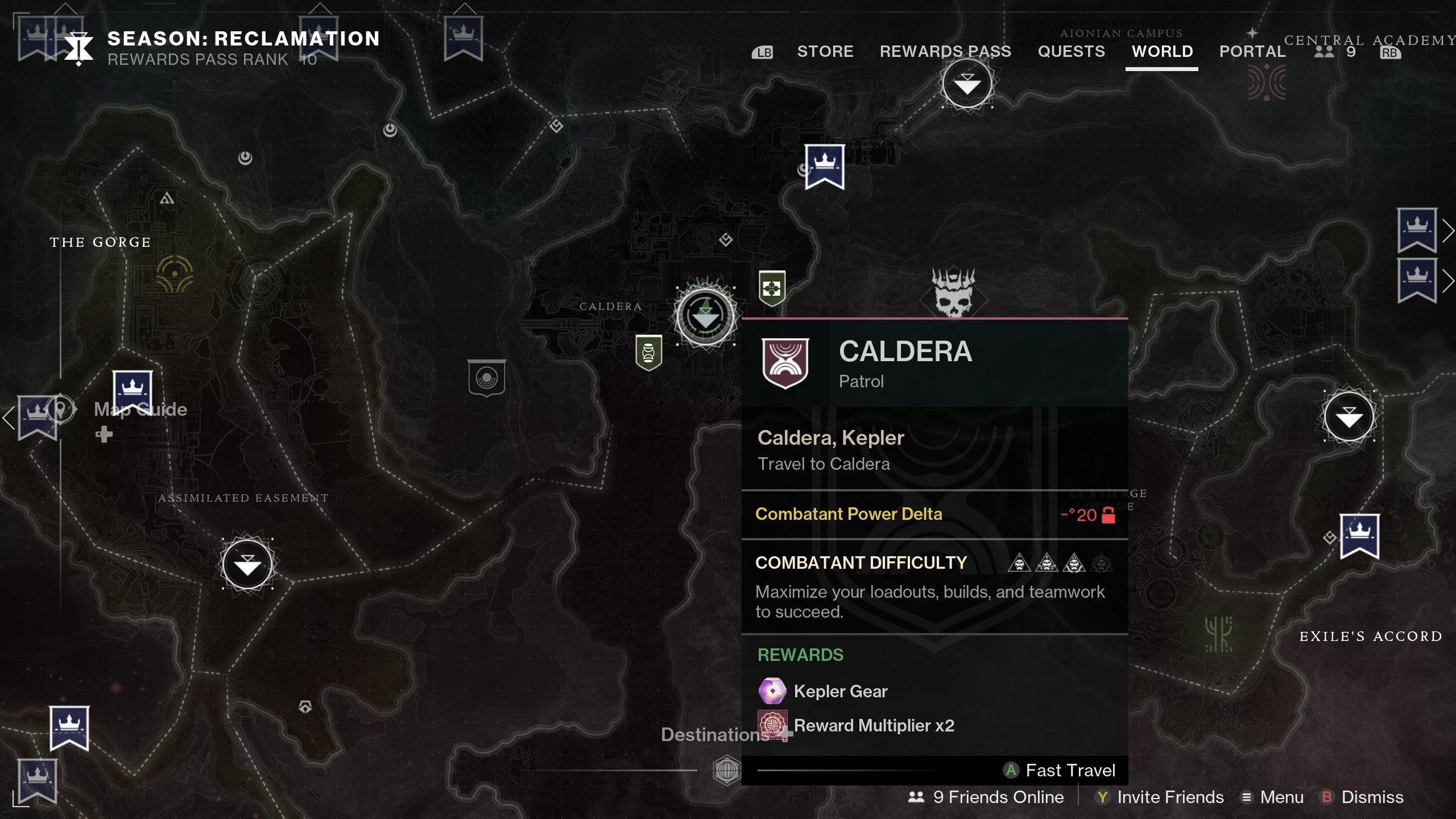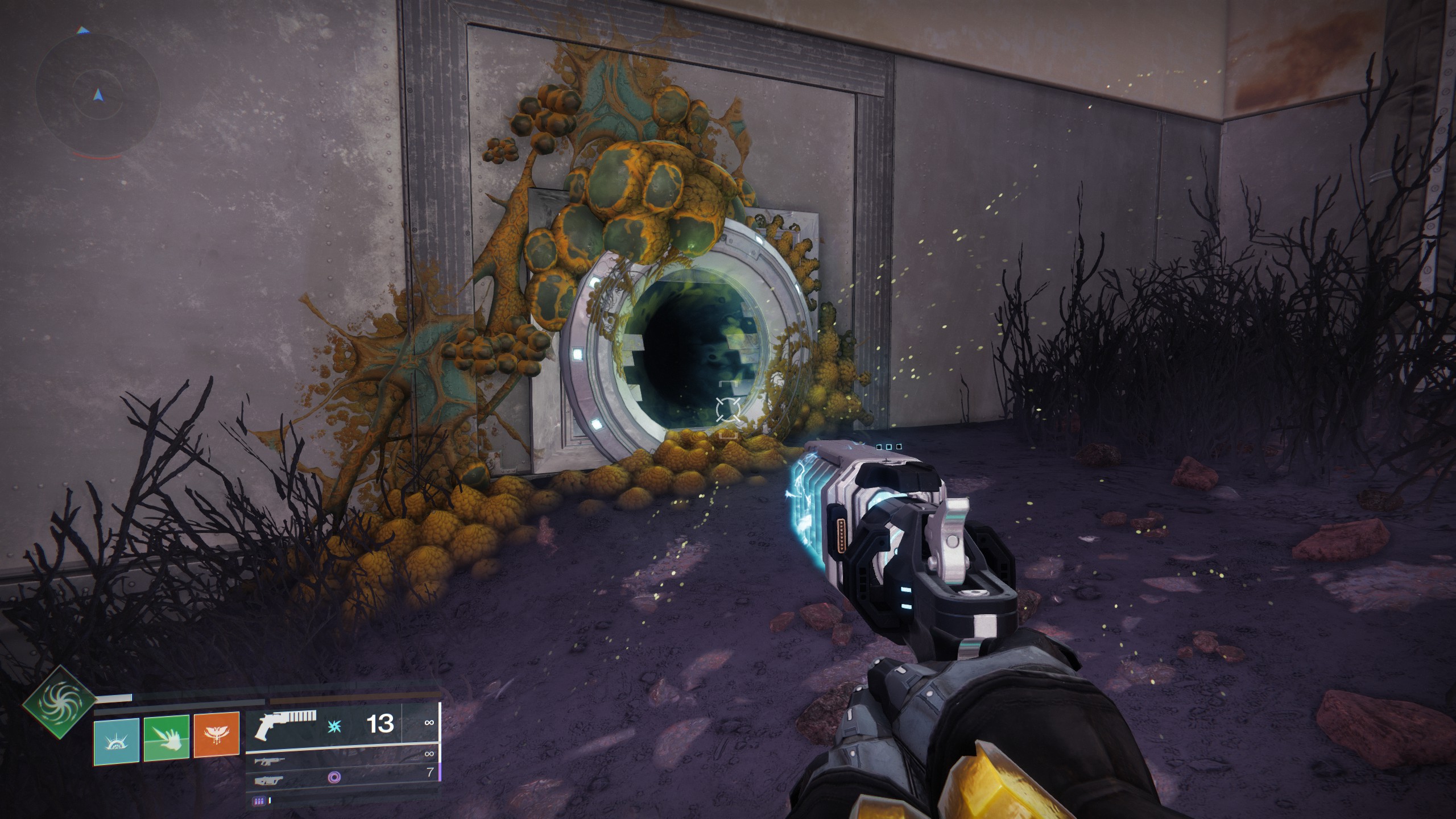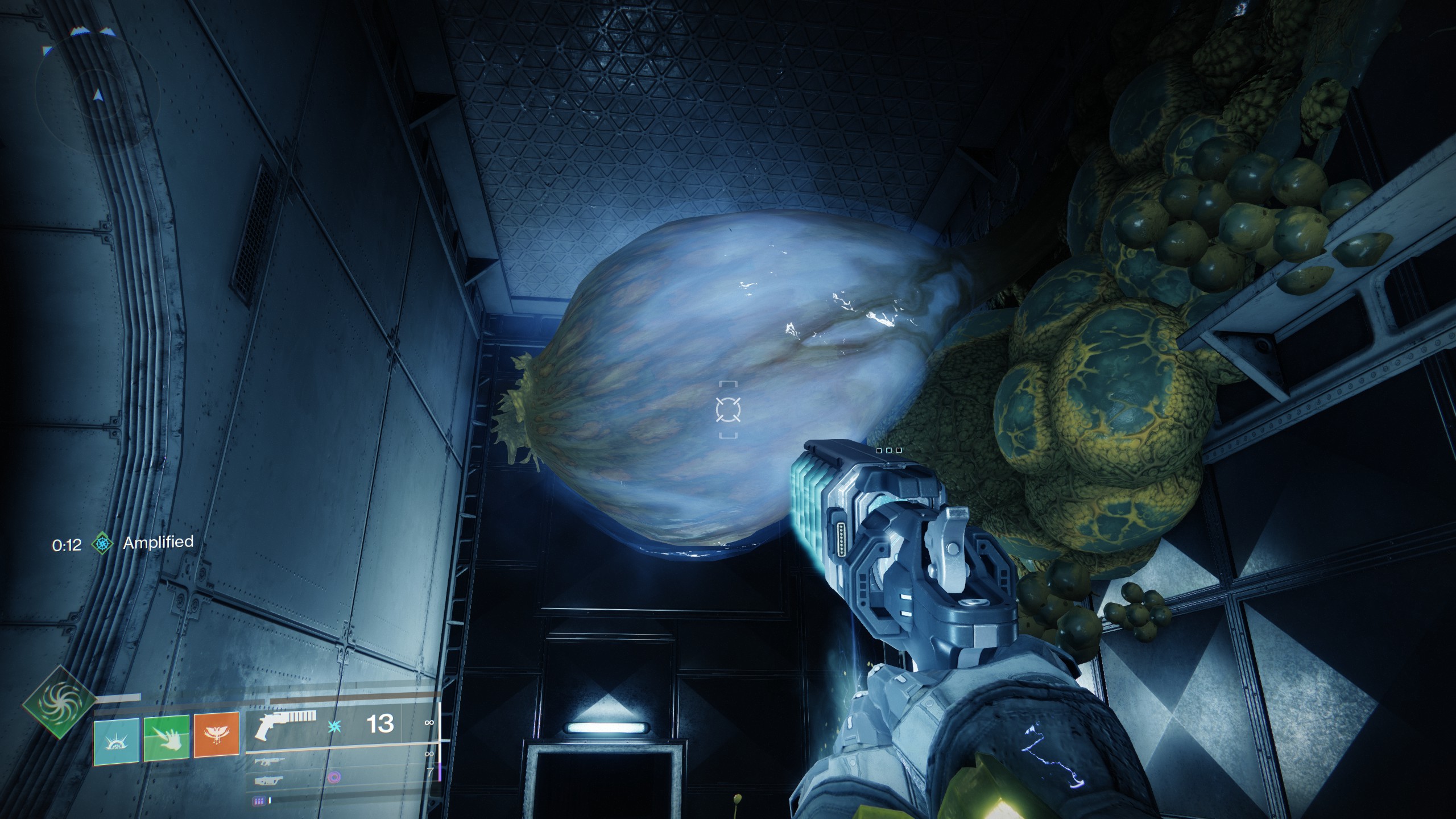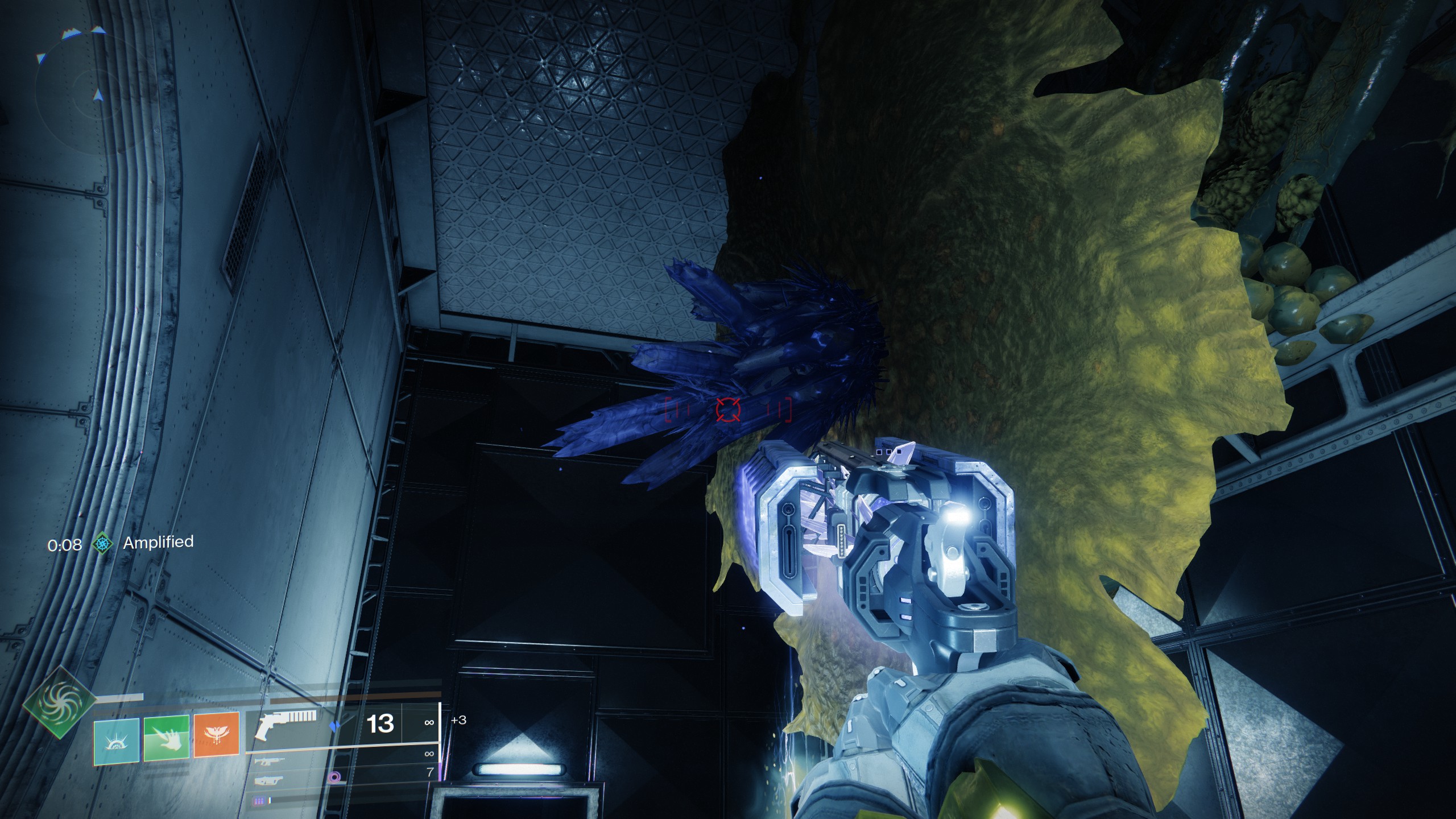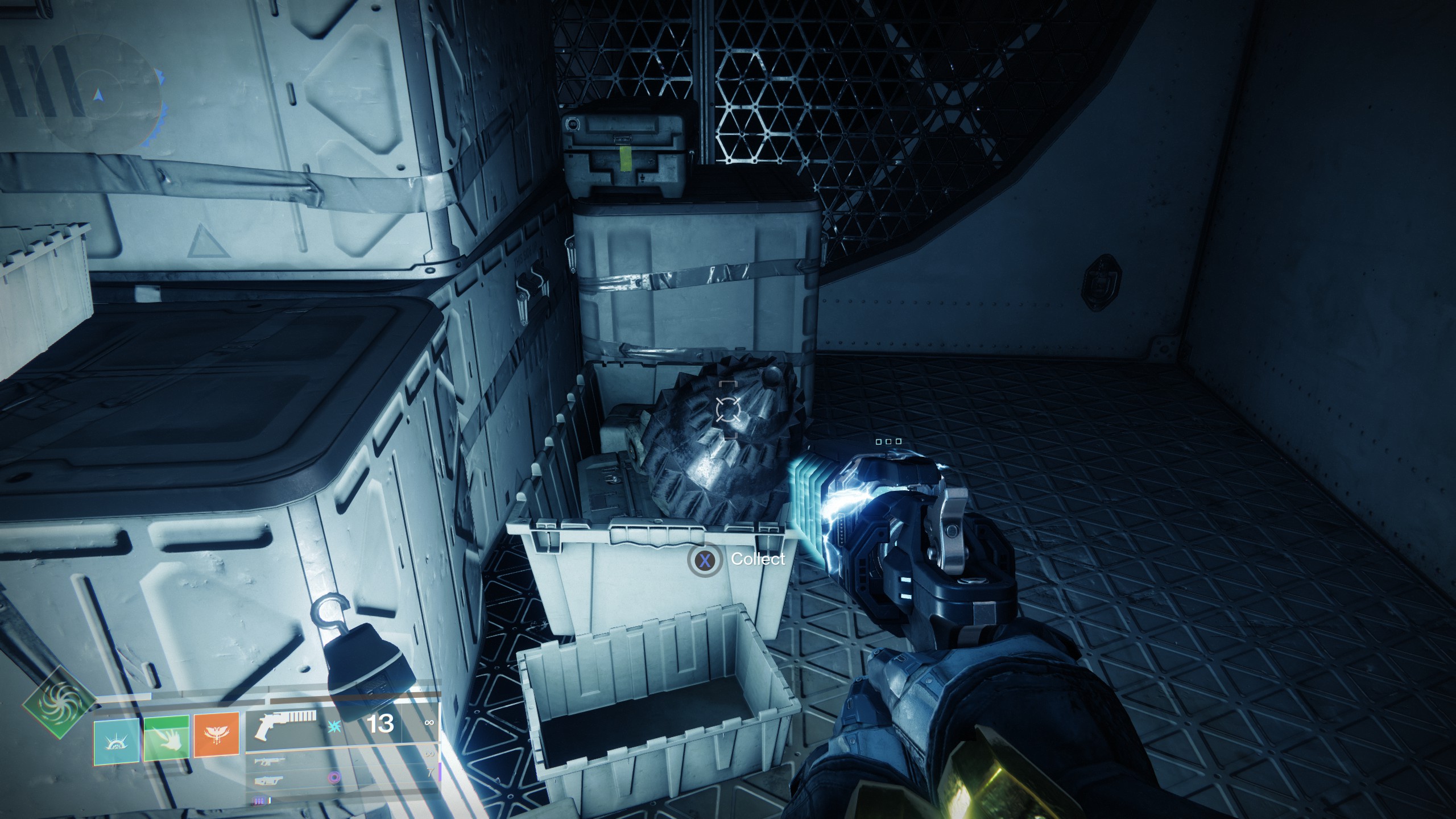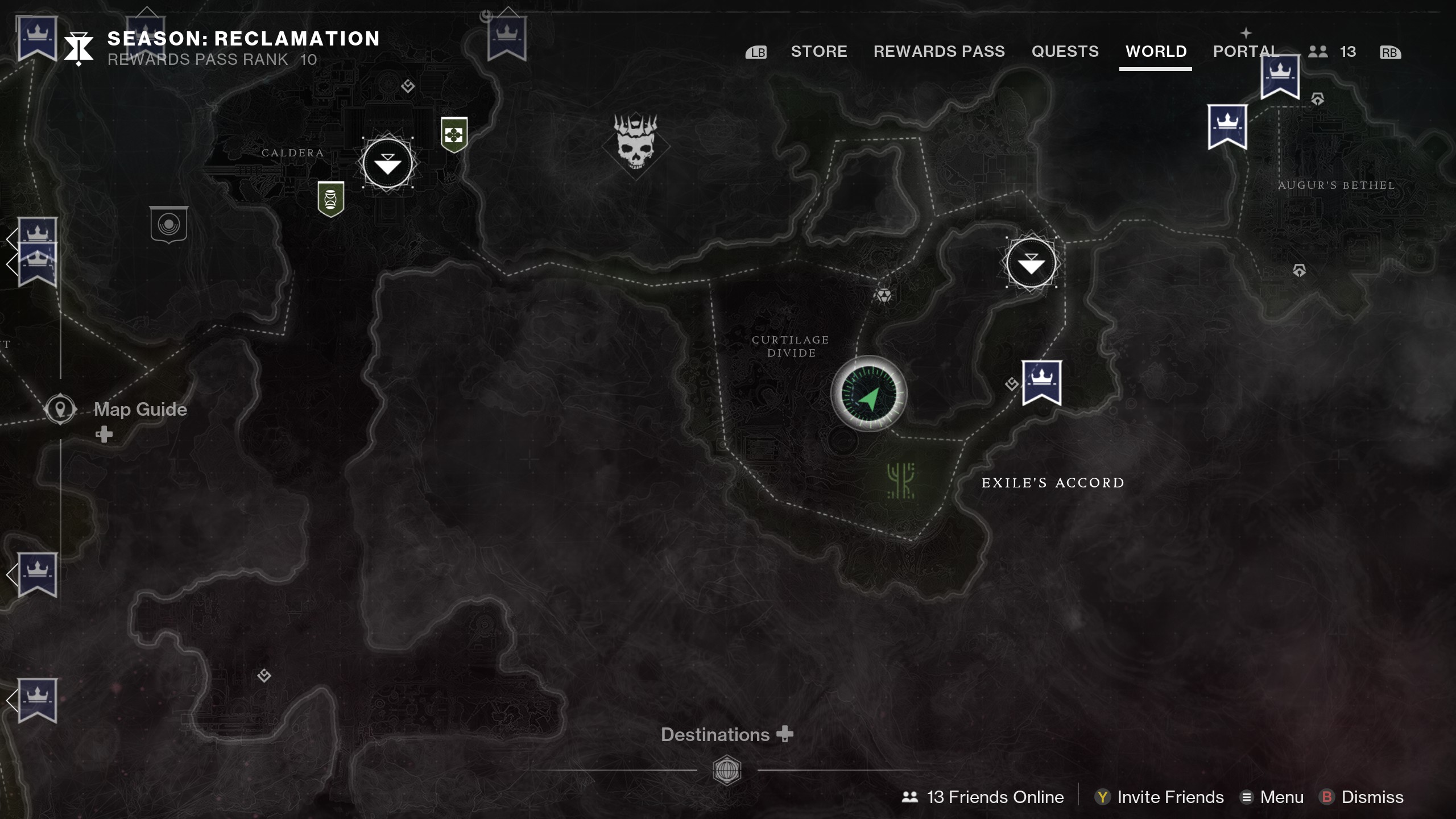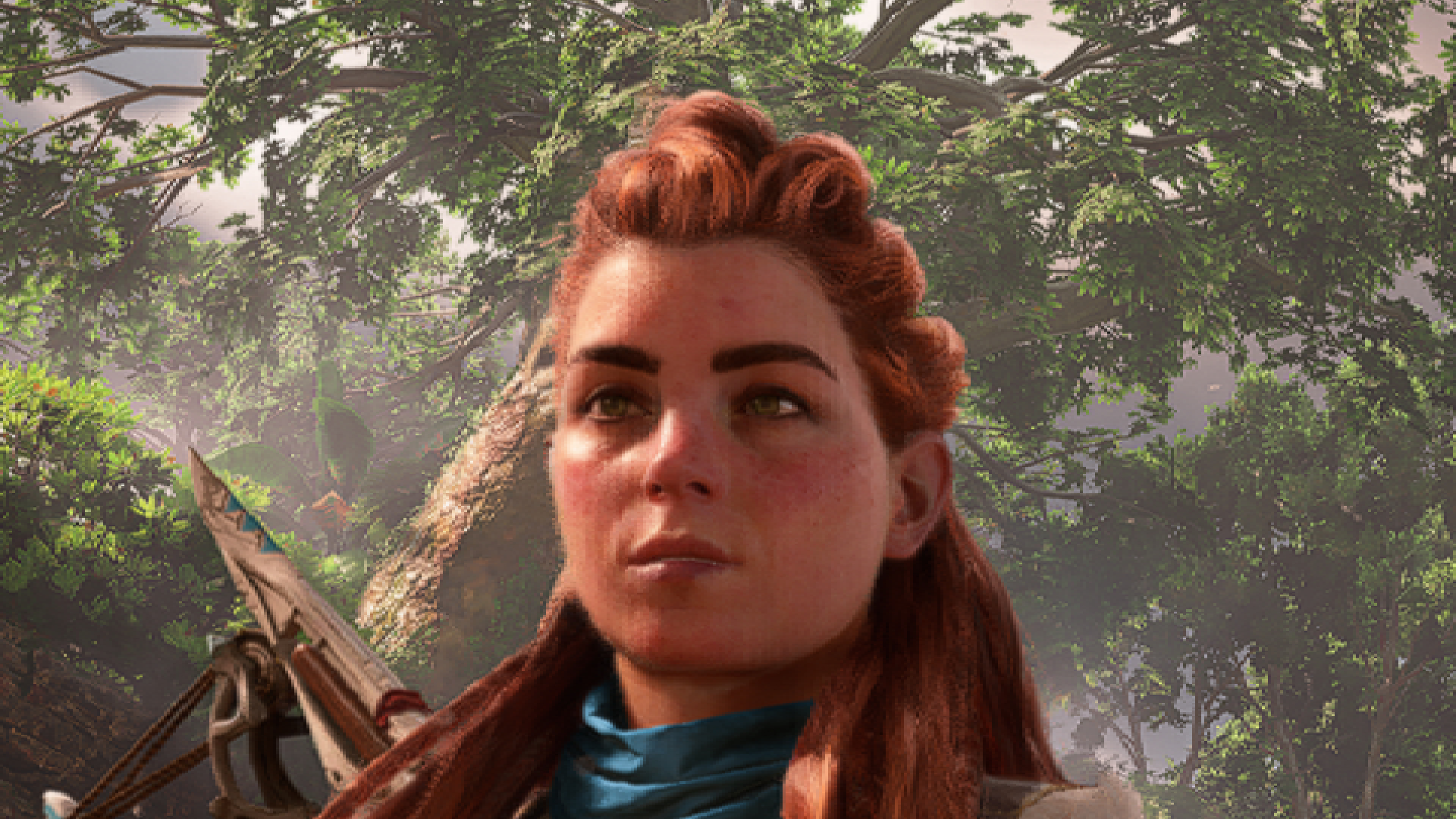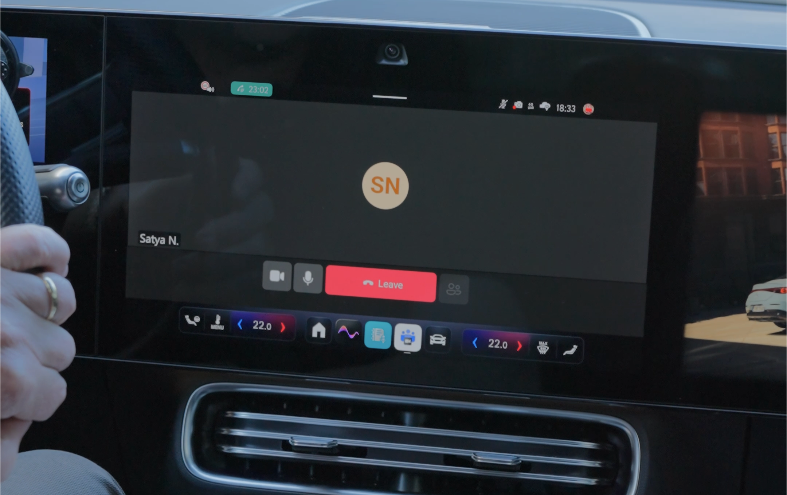A great look, easy setup process and even a hanger to pop your coat on. What can't the Flexispot OC3 do? Well, I'm sorry to say the answer is: leave my posterior without pain after a long day of work.
The kind of pain that popped up isn't something I spotted immediately. In fact, it's not even the type of pain I spotted after an hour. If you'd asked me what I thought of the chair at this point, I would have said it was comfortable. That's because it is, or at least, initially feels like it.
The soft foam in the seat of my model really lets me sink in, until I hit the hard plastic underneath. What initially felt rather comforting started to hurt after a few hours. And by the end of the day, I didn't want to sit down anymore.
This is a bit of a rarity for me. It's not wholly out of the question for me to finish off a day of looking at my screen for work, and then start the night by looking at my screen while playing games. Aside from maybe a brisk walk or momentary pit stop to make dinner, I could go uninterrupted from one activity to the other.
Flexispot OC3/BS3 Specs

(Image credit: Future)
Height range: 112 cm - 124 cmMax rec. Weight: 120 kgRecline: 90-130 degreesArmrests: 2DColours: Grey (Blue and Black in the UK)Launch price: $260 | £130
Curse you, Flexispot, for causing me enough pain to pause my video games.
I should note that the version I've been sampling is technically the Flexispot BS3, which is the Flexispot OC3 but for the UK region. They are the same basic chair, except my chair came in a rather dashing all black theme, where the US version comes in a more muted grey.
Annoyingly, the price in the UK is much better than the US price. $260 works out to just shy of £200 (£193.36 as of time of writing). The Office Star ProGrid, our current choice for the best budget office chair, regularly hovers around the $200 mark, so being able to undercut that would have been a boon for the OC3.
Once at my front door, the OC3/BS3 was a super-easy build. The instructions are well laid out and easy to understand. As is the case with all chairs, it takes a second to know which way is the right way around when building, but that was solved with no more than a few moments of thought.
With just a handful of bolts and screws, plus two included hex keys, the entire chair took around twenty minutes to build from start to finish. You might want to grab a buddy as it's not a small chair, but I didn't need one.
Image 1 of 3
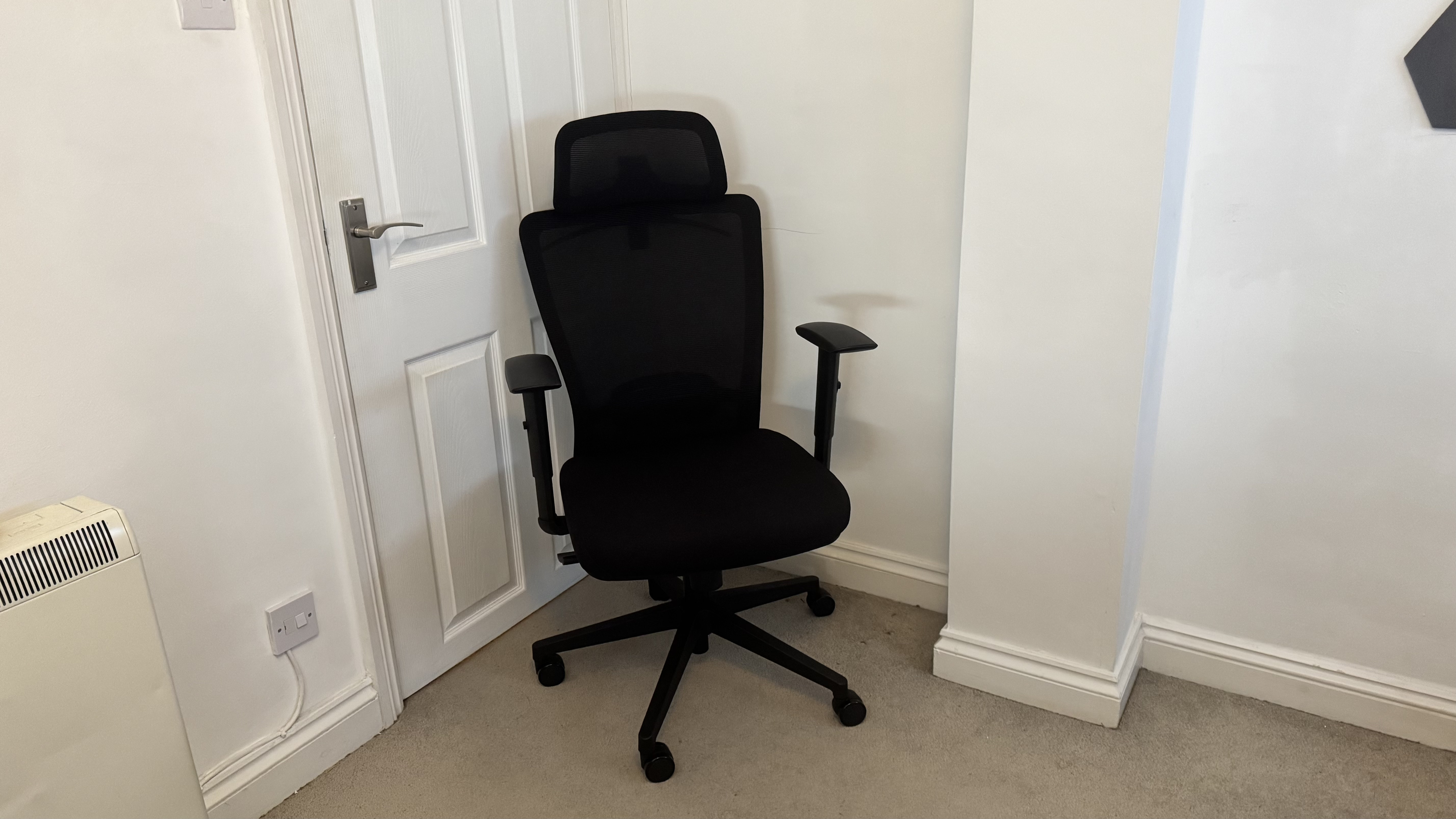
(Image credit: Future)Image 2 of 3
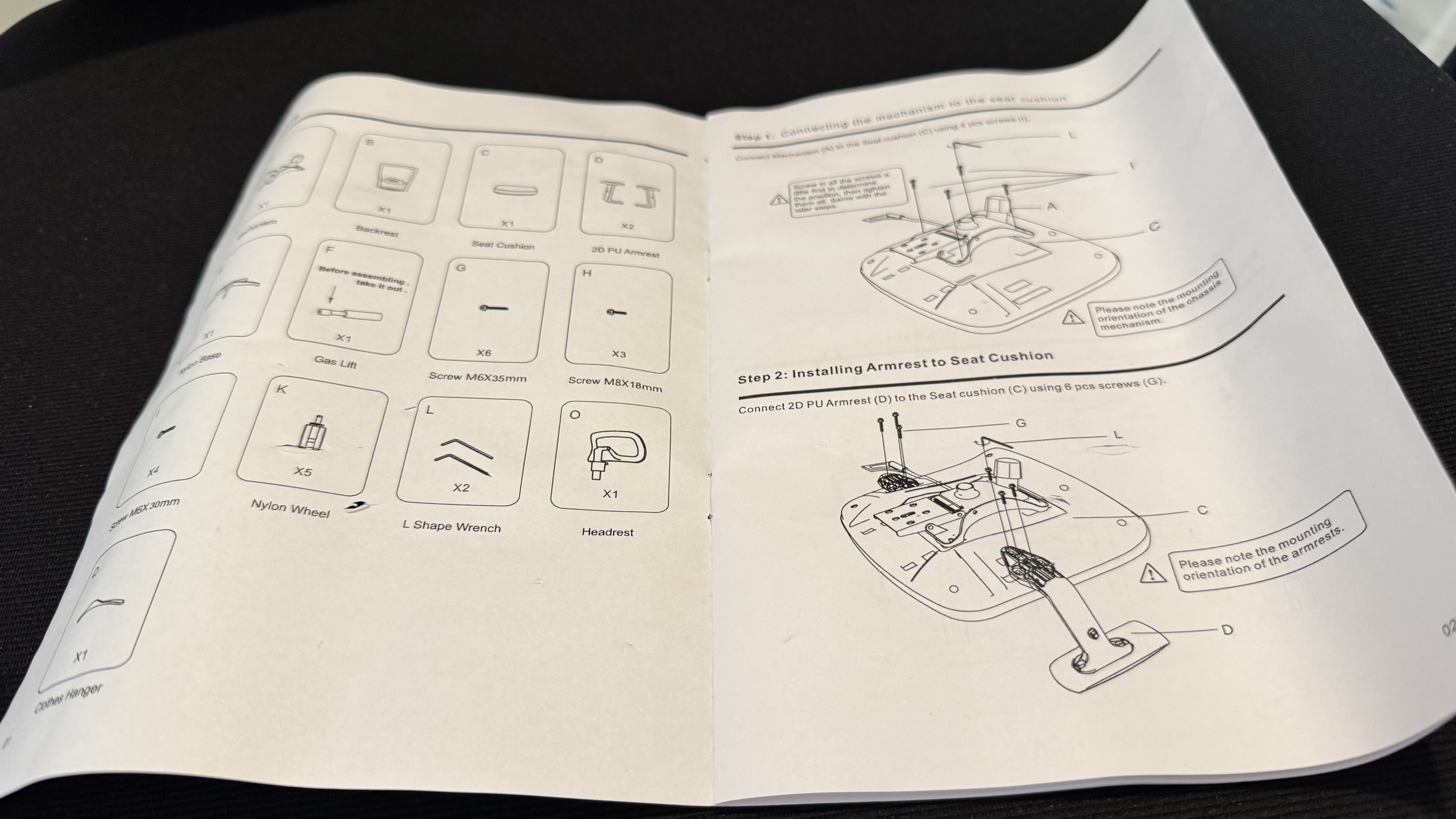
(Image credit: Future)Image 3 of 3

(Image credit: Future)
The BS3 model I've been sitting on looks great. It's a very classic office chair with the back support being made up of a mesh material. The seat of my model is made of a soft foam, but there's a more expensive mesh cushion available too. The cushion itself isn't where the pain comes from, but instead the lack of cushioning it provides. Underneath is a hard plastic base, and this is what ends up supporting you as you sink in. Initially, this level of support was pretty nice, but it became painful rather quickly.
It is worth noting that comfort is not only itself rather subjective, but also that the ways different chairs interact with your body will be reliant on your body type.
Initially, this level of support was pretty nice, but it became painful rather quickly.
I'm a bigger gentleman, both in height and stature, so I will naturally sink into the cushion more than someone a tad more petite. My partner, for instance, has not noted the same level of pain that I have, though they also find the chair to have a rather hard plastic bottom.
It's an easy-to-adjust chair, with a single lever on the bottom being used to both push the chair up and down, but also adjust the recline. Everything is very smooth here, and the recline is comfortable in use. I did notice that the recline tends to catch in specific sections, so instead of being able to set a specific recline on the chair, you put it into a position.
Image 1 of 3

(Image credit: Future)Image 2 of 3
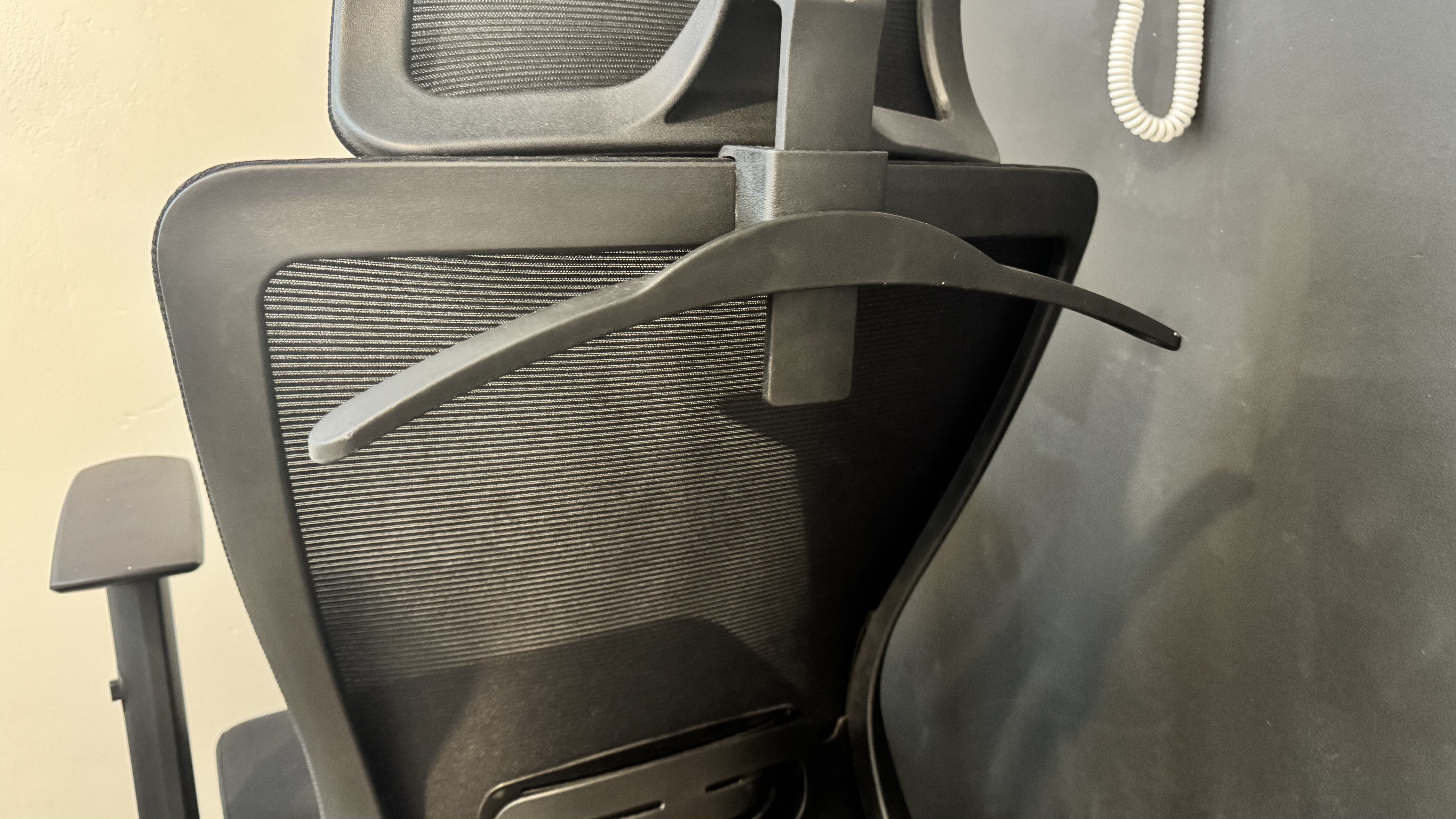
(Image credit: Future)Image 3 of 3
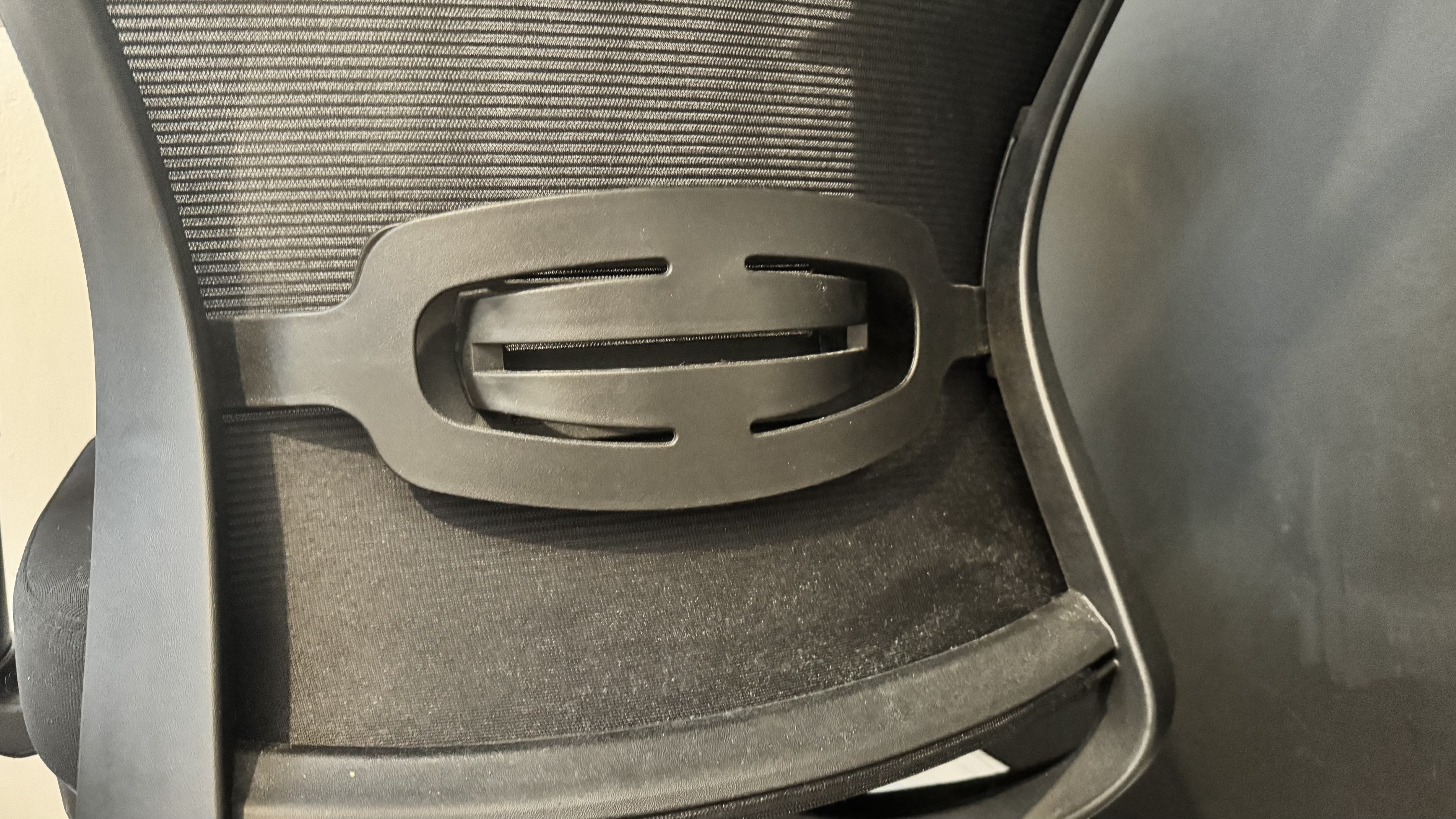
(Image credit: Future)
This means if you are comfortable in a very specific angle, chances are it will let you hover a bit below or a bit above that. This isn't a particularly unique way for reclining chairs to work, but worth noting if you like a very specific angle.
The armrests are smart, if a little behind their competition. They don't have the 4D elements you may want, with them only going up and down. To move them, you have to fully press in a button, then pull them up or down, which means I've never accidentally moved them around.
With included lumbar support for better posture, you can adjust it up and down to better accommodate your back. This works as intended, and is both easy to move and comfortable to lean into. Above this is a 2D headrest that, for lack of a better word, snaps onto the top of the seat. I very much felt like I was doing something wrong installing it, as you have to pry it onto a clip, but once attached, it all feels rather sturdy.
Image 1 of 3
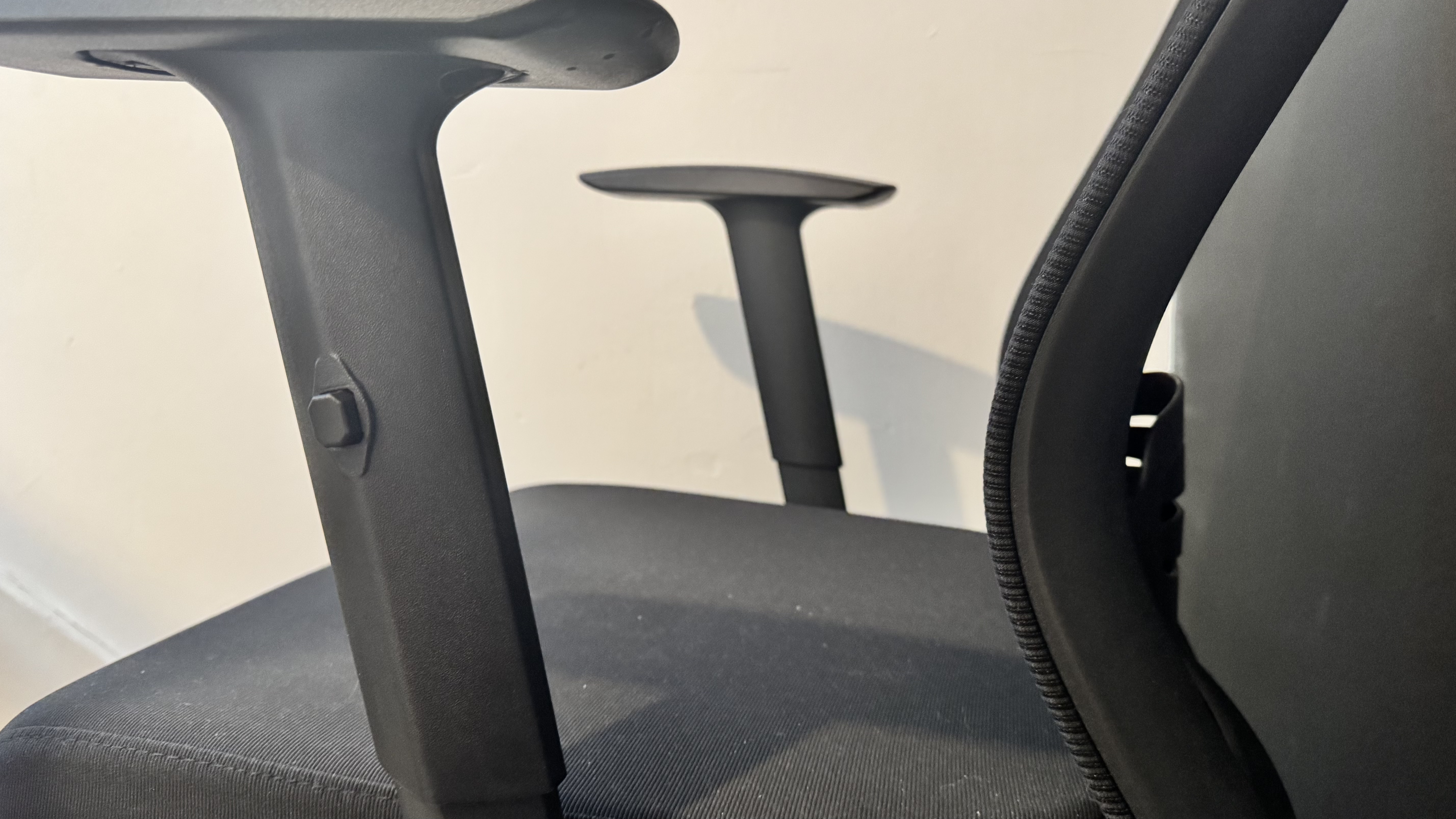
(Image credit: Future)Image 2 of 3
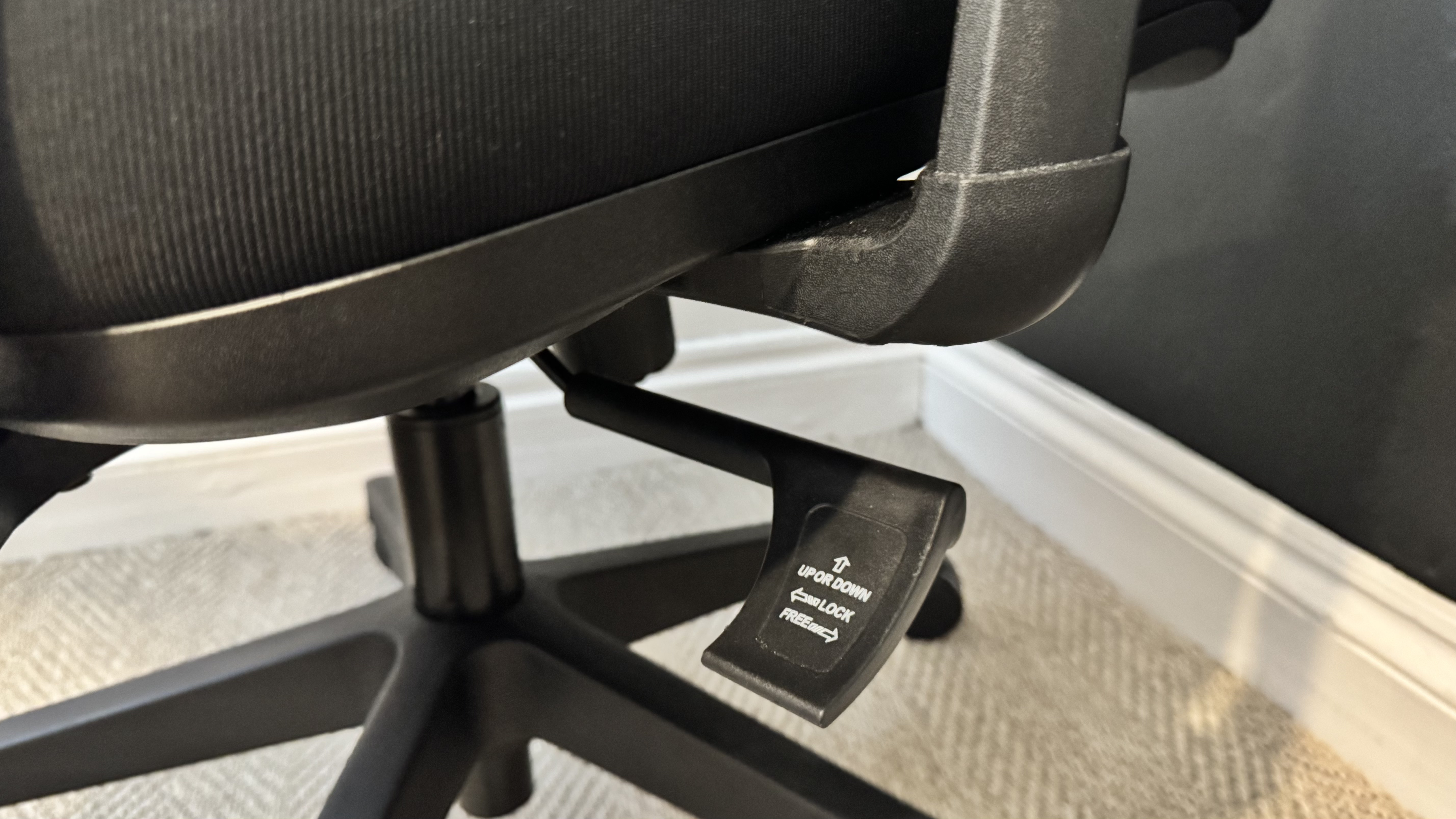
(Image credit: Future)Image 3 of 3
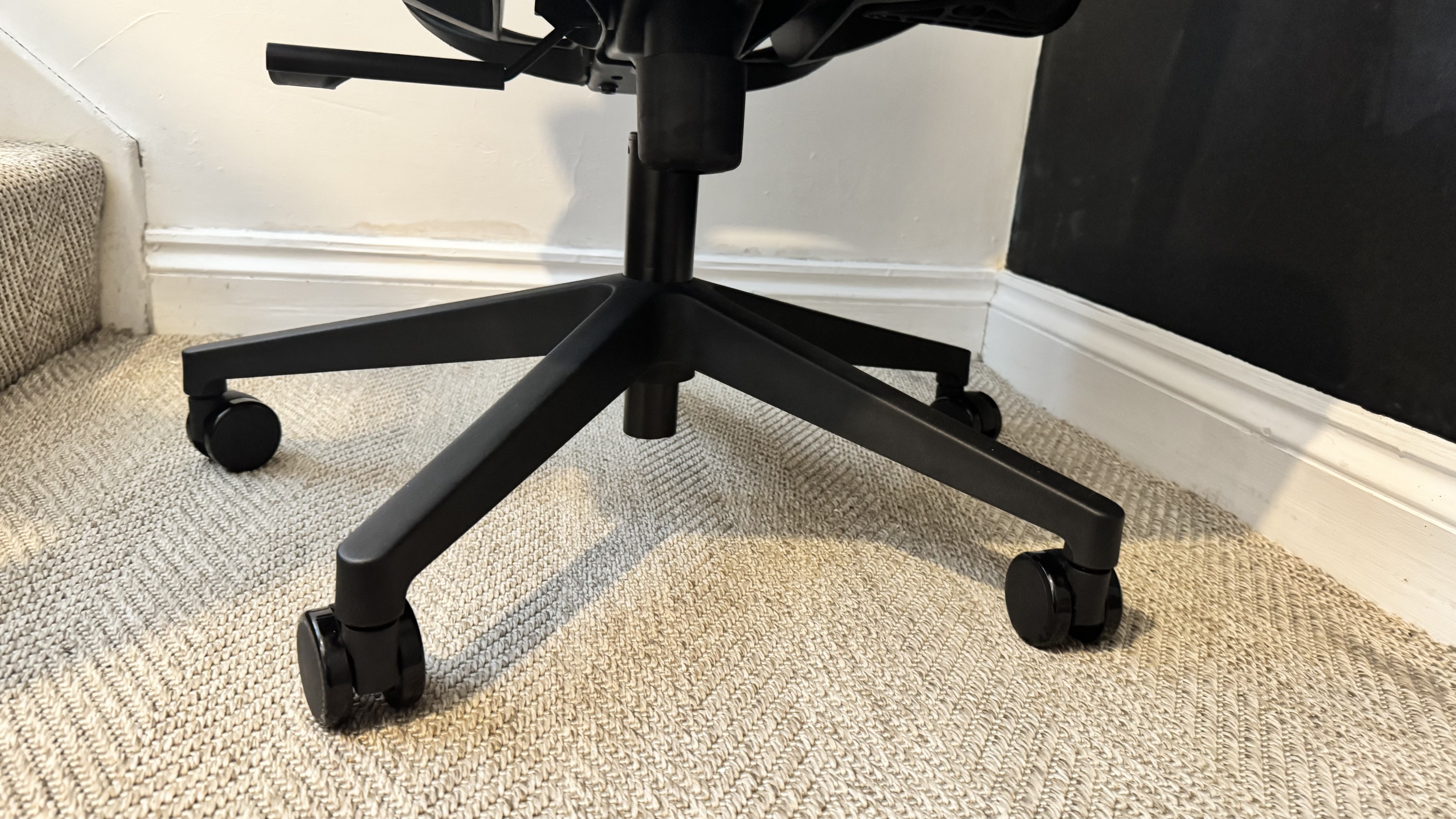
(Image credit: Future)
With this headrest comes the most unique element of this office/gaming chair hybrid: a built-in coat hanger. With my location constantly flitting from sunny to rainy, I've used the coat hanger far more than I was expecting to.
I've never liked hanging a slightly damp coat on the back of my chair because I could feel the hood on my neck. This attachment is a neat accessory, though not one I predict the rest of the chair industry learning from.
Buy if…
✅ You find yourself in need of a place to hang a coat: The coat hanger attached to the headrest is a neat little accessory that, surprisingly, I used rather often. ✅ You want a classic office look: My sleek black model would look perfect in an office space, thanks to its neat look and mesh back material.
Don't buy if…
❌ You work for full days in your office: The initially rather comforting hard seat soon pained me if I sat in it for more than half a day. ❌ You don't want to pay more than the UK: The UK's BS3 model is the same as the US's OC3, yet the US pays more.
I like almost everything about the OC3, except the feel. And, unfortunately, feel is almost everything with a chair. If it was comfortable enough to sit on (and didn't ruin my posture), I'd take a particularly comfy box over a painful chair. Given that I will spend long days working and long nights playing games, my chair needs to be comfortable enough not to get in the way.
The price point is very solid (though better in the UK), it looks tidy, the armrests are very stable, and the coat hanger is a neat addition that helps it stand out. An hour or so after setting it up and sitting down, I was convinced my review would be very positive. Boy, was I wrong. A few weeks after my testing, I swapped back to the Flexispot BS9 I'd been using prior, and I haven't looked back since. I do miss the coat hanger, though.
From PCGamer latest via this RSS feed

